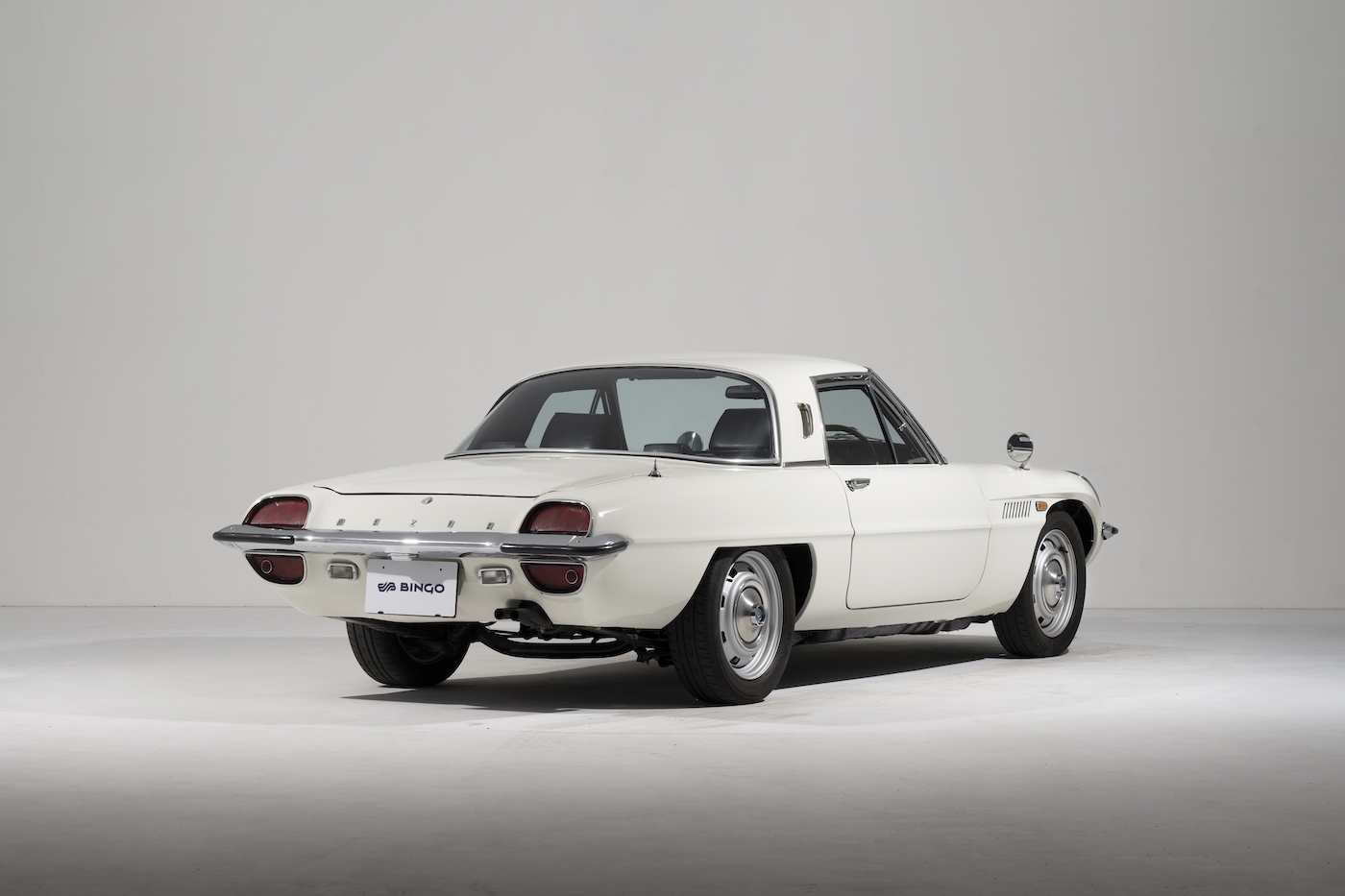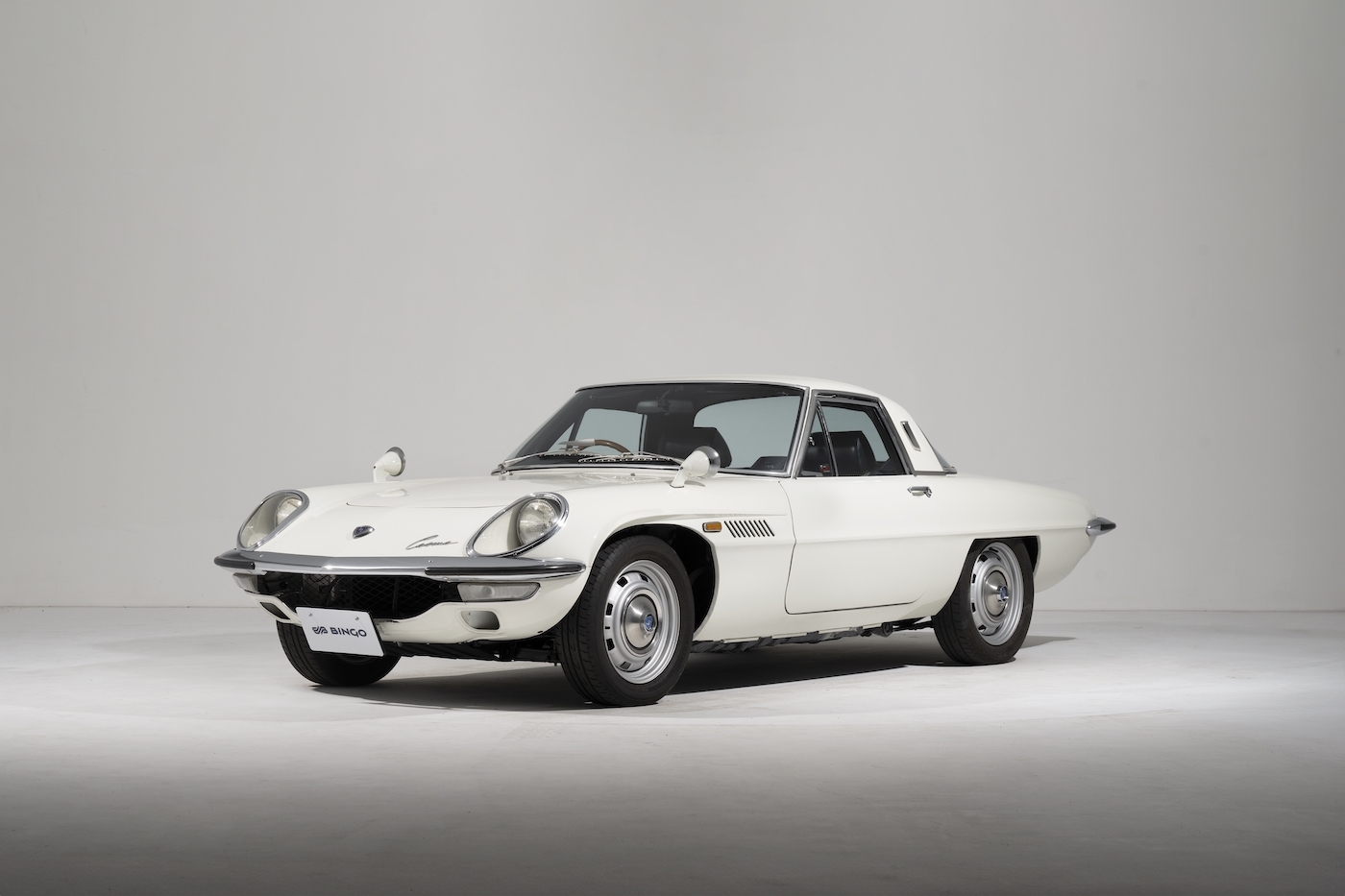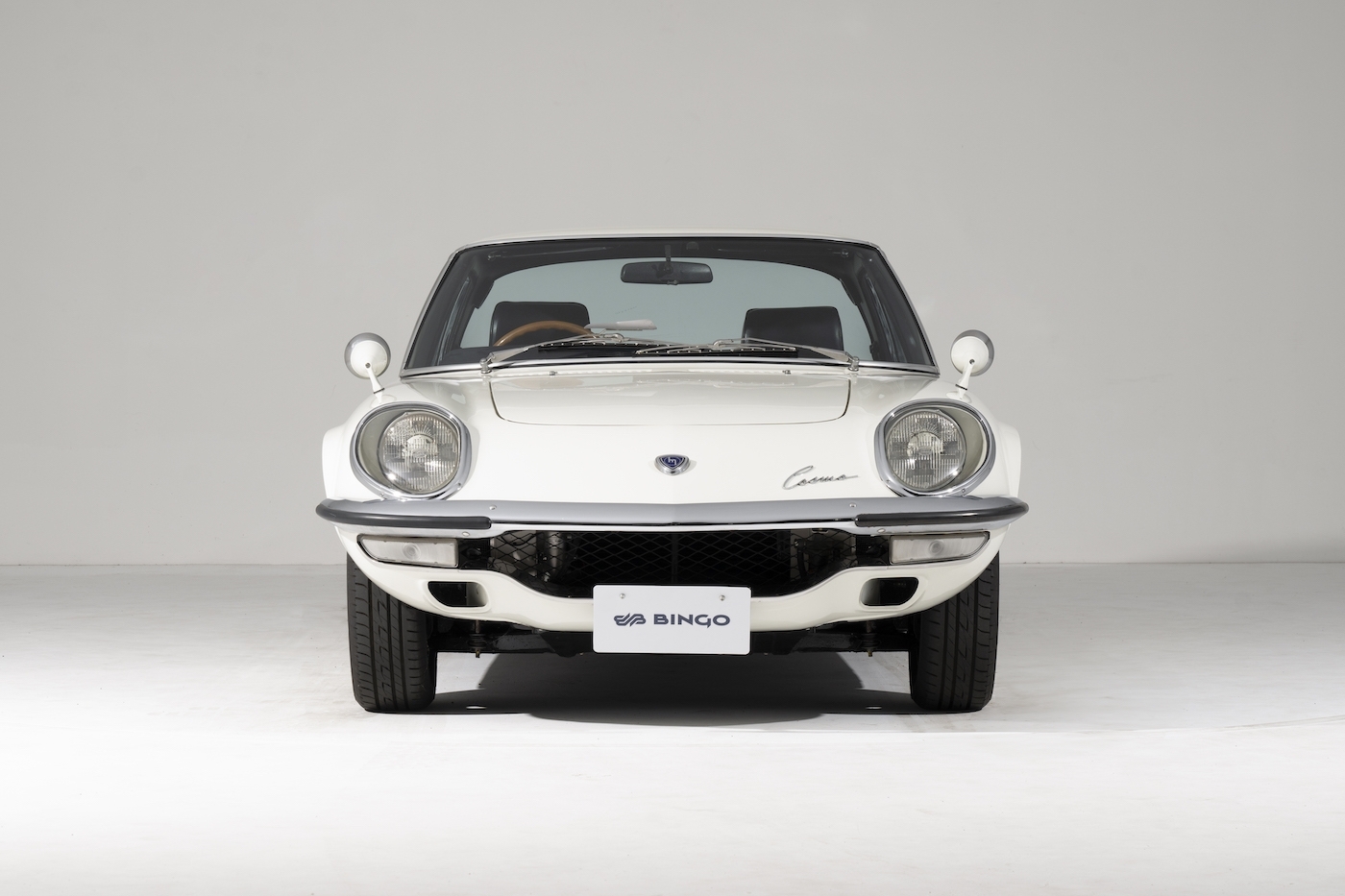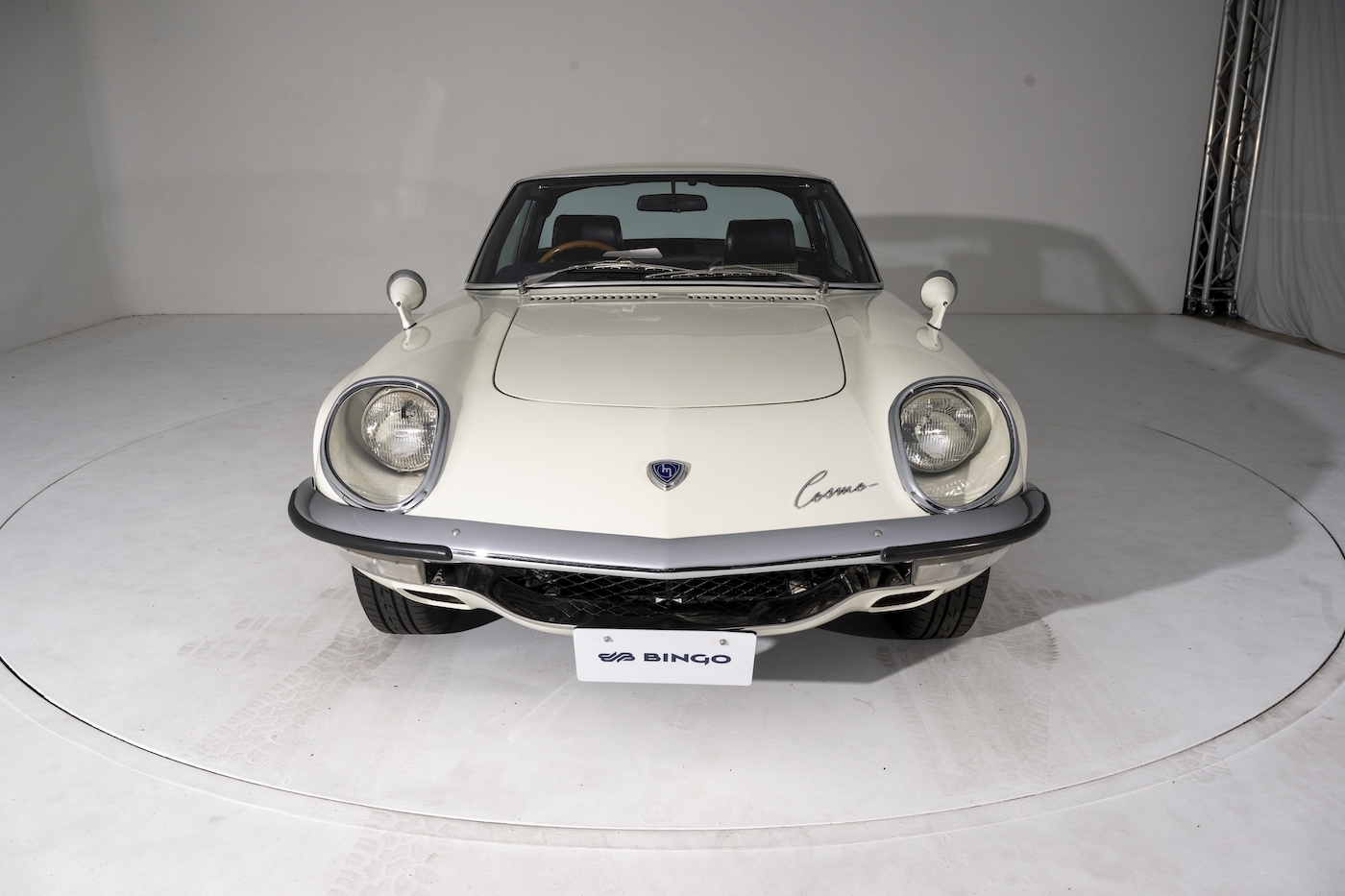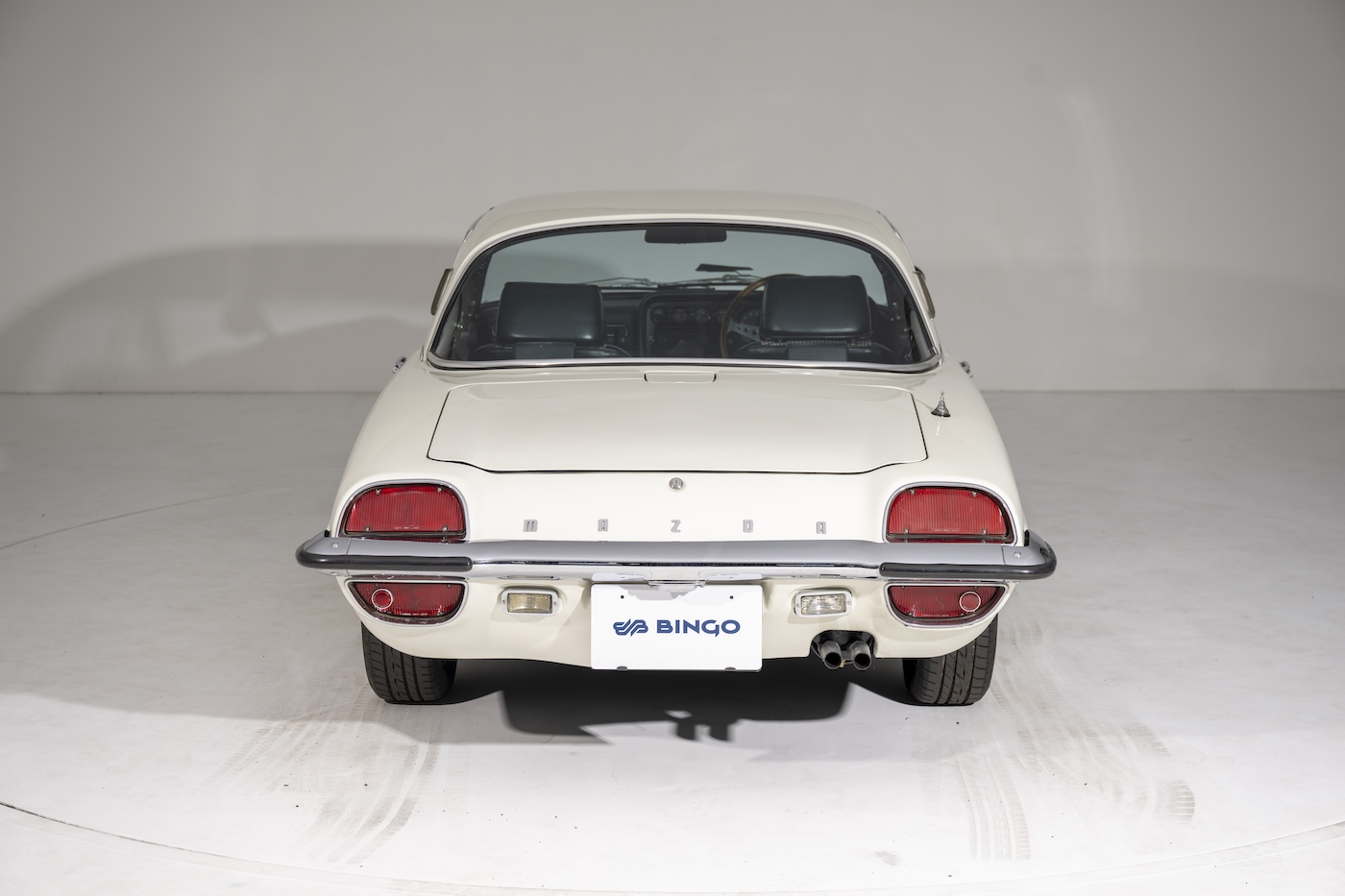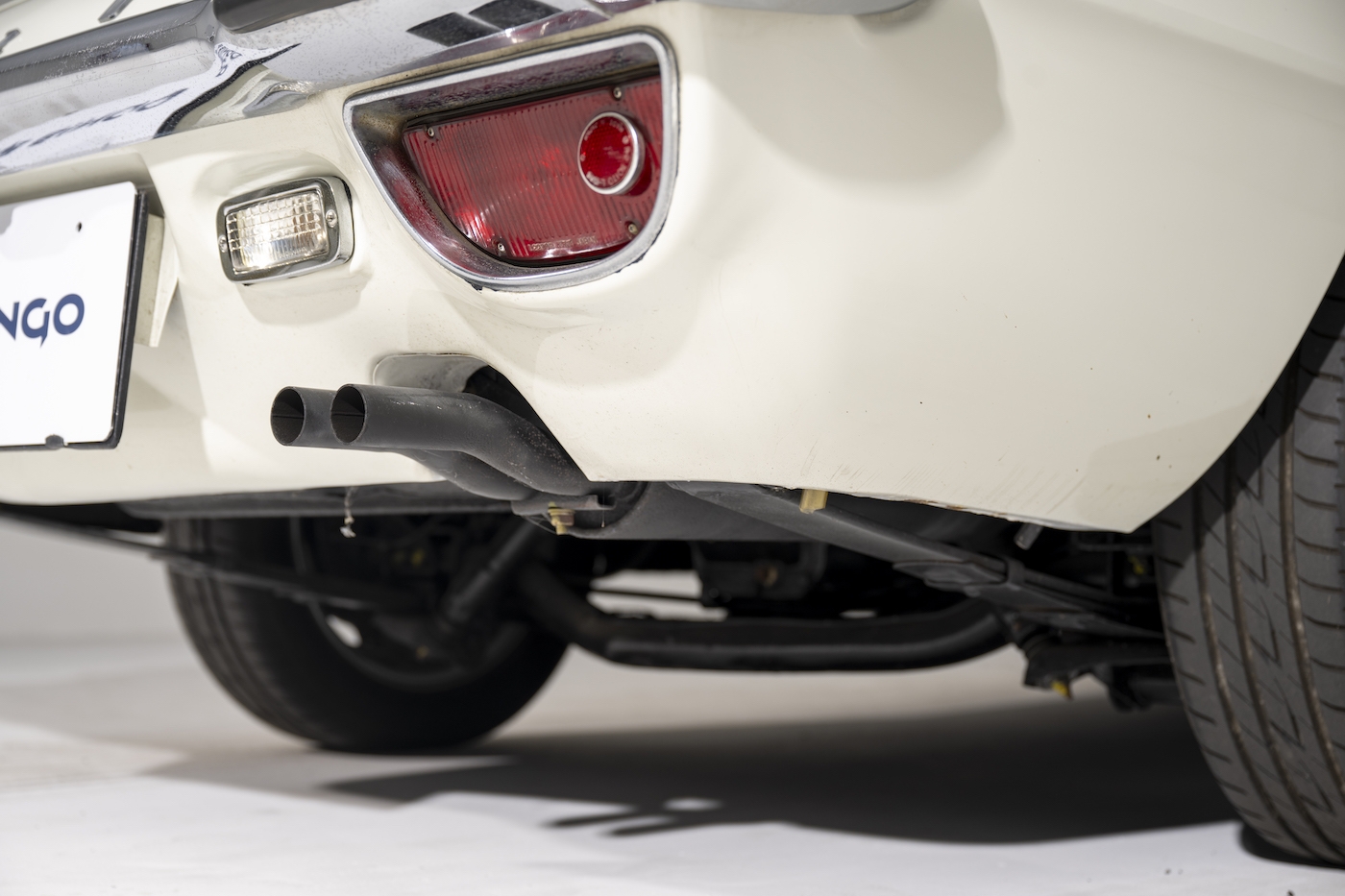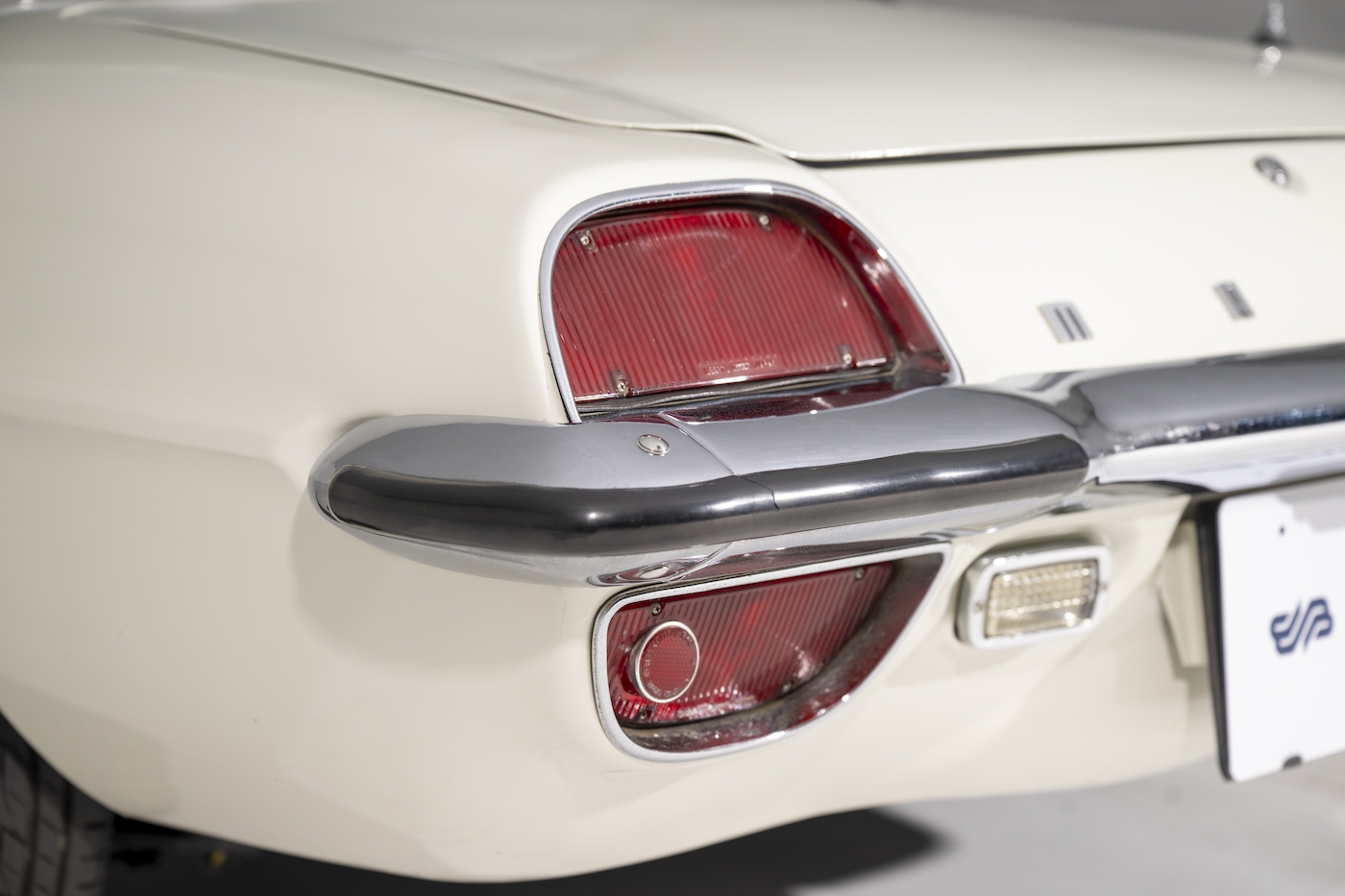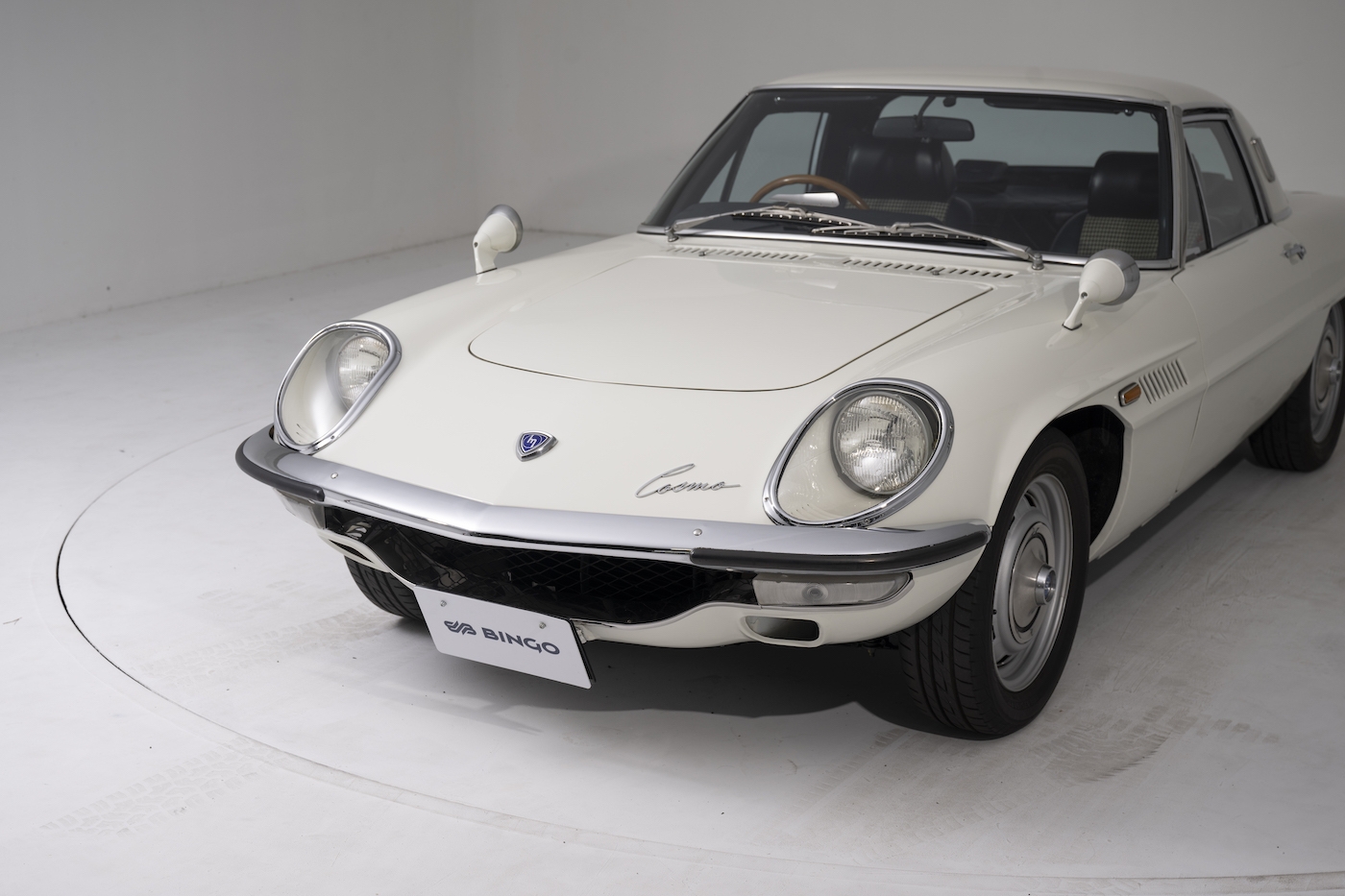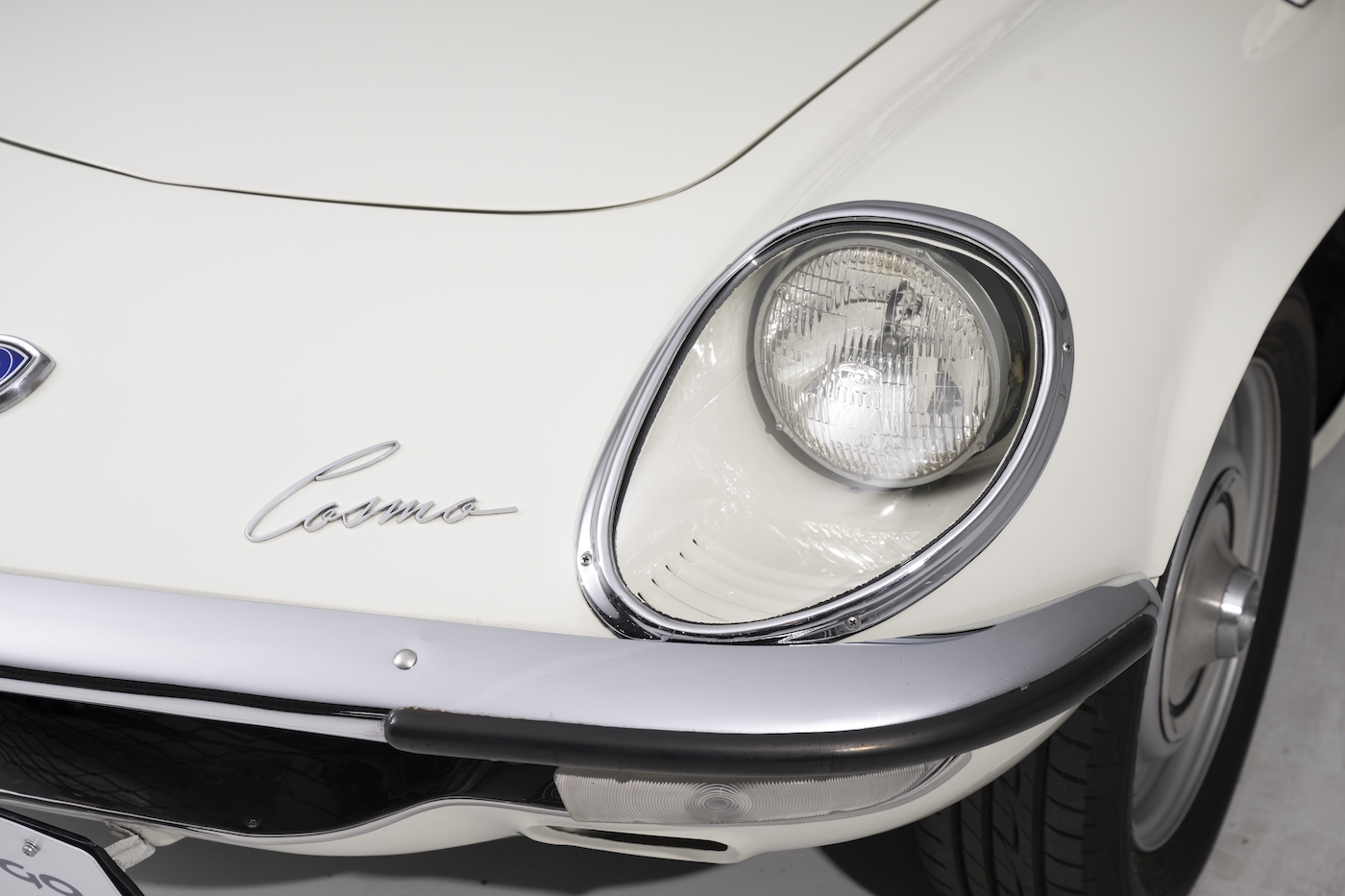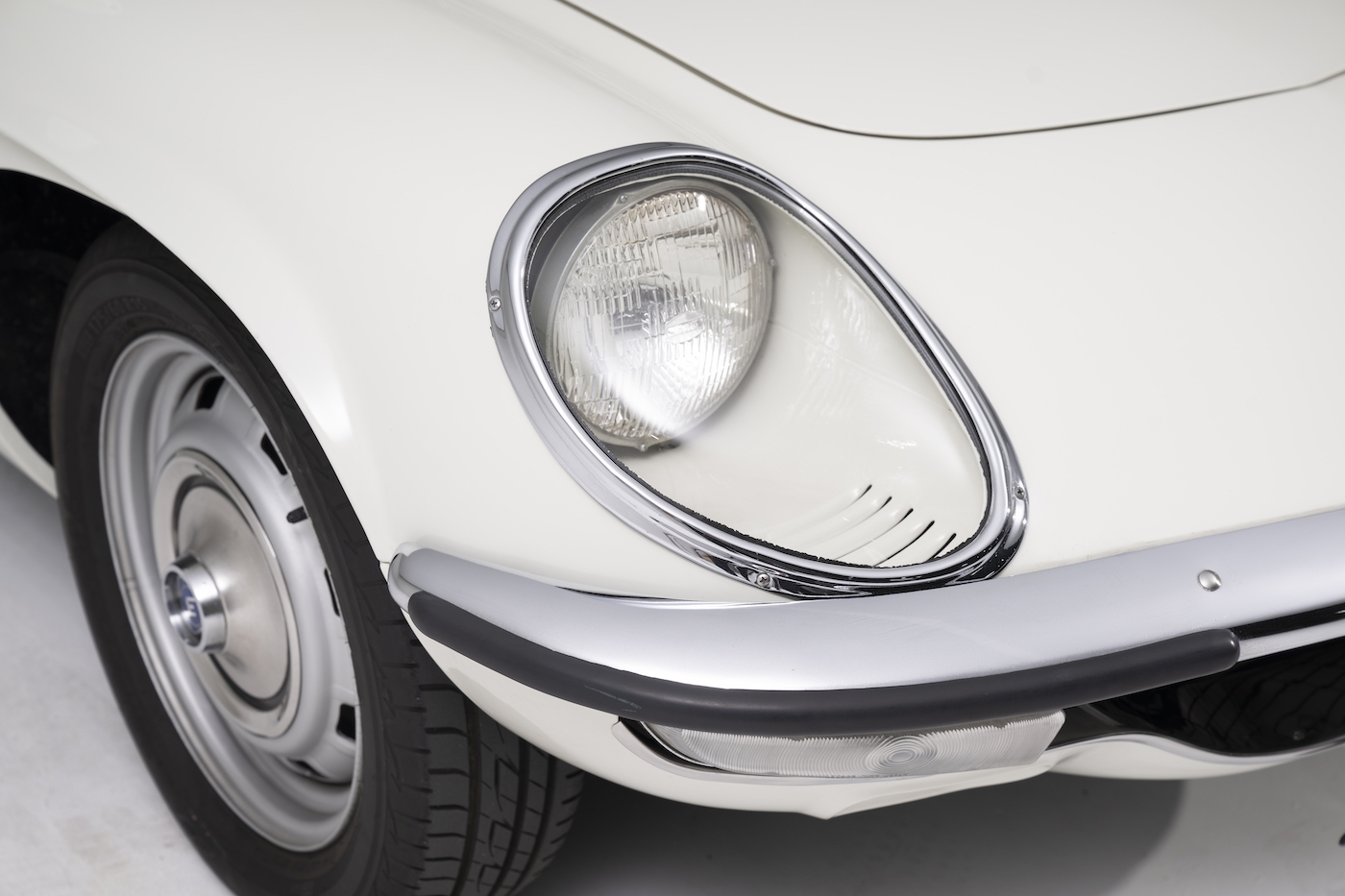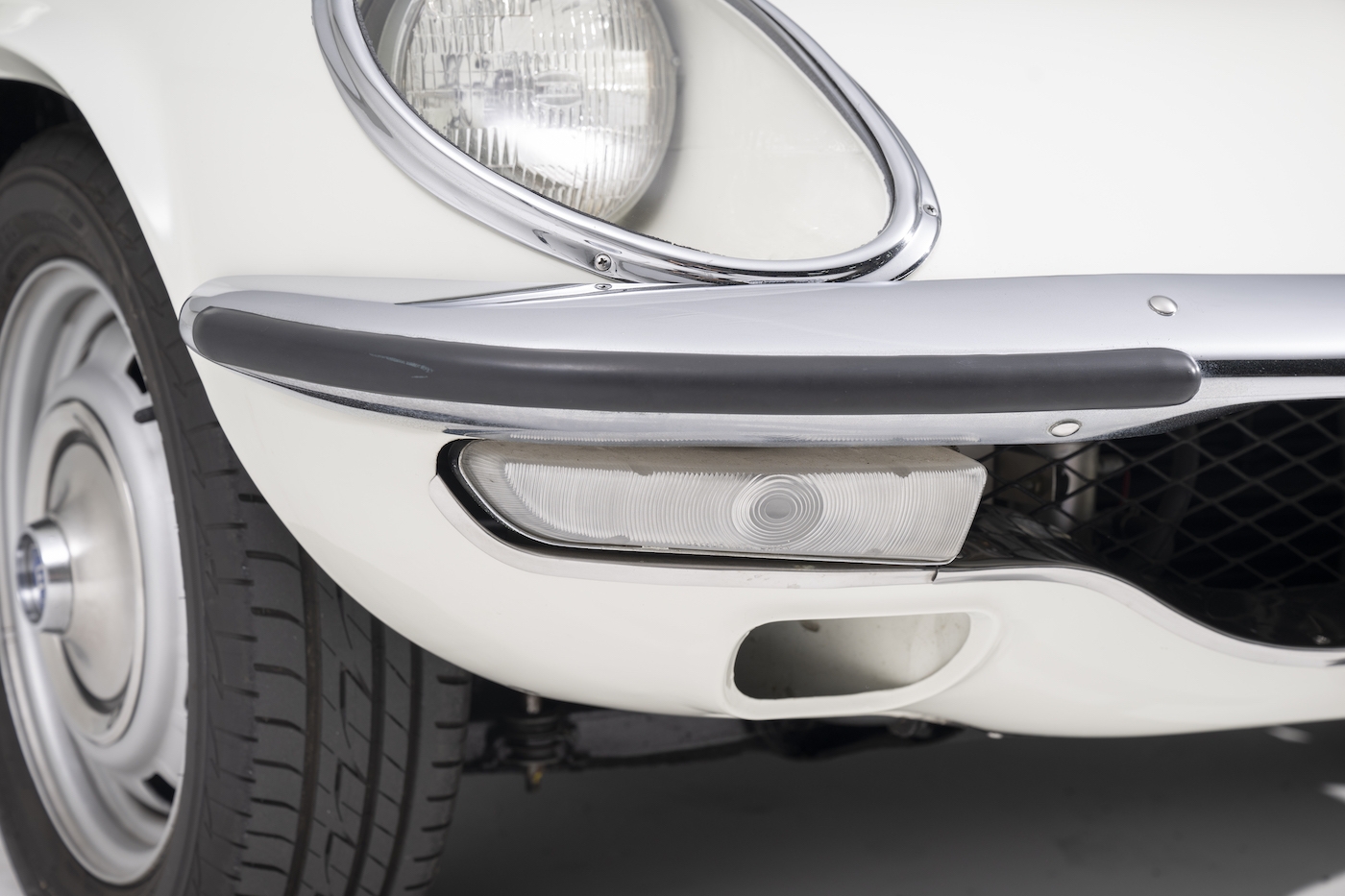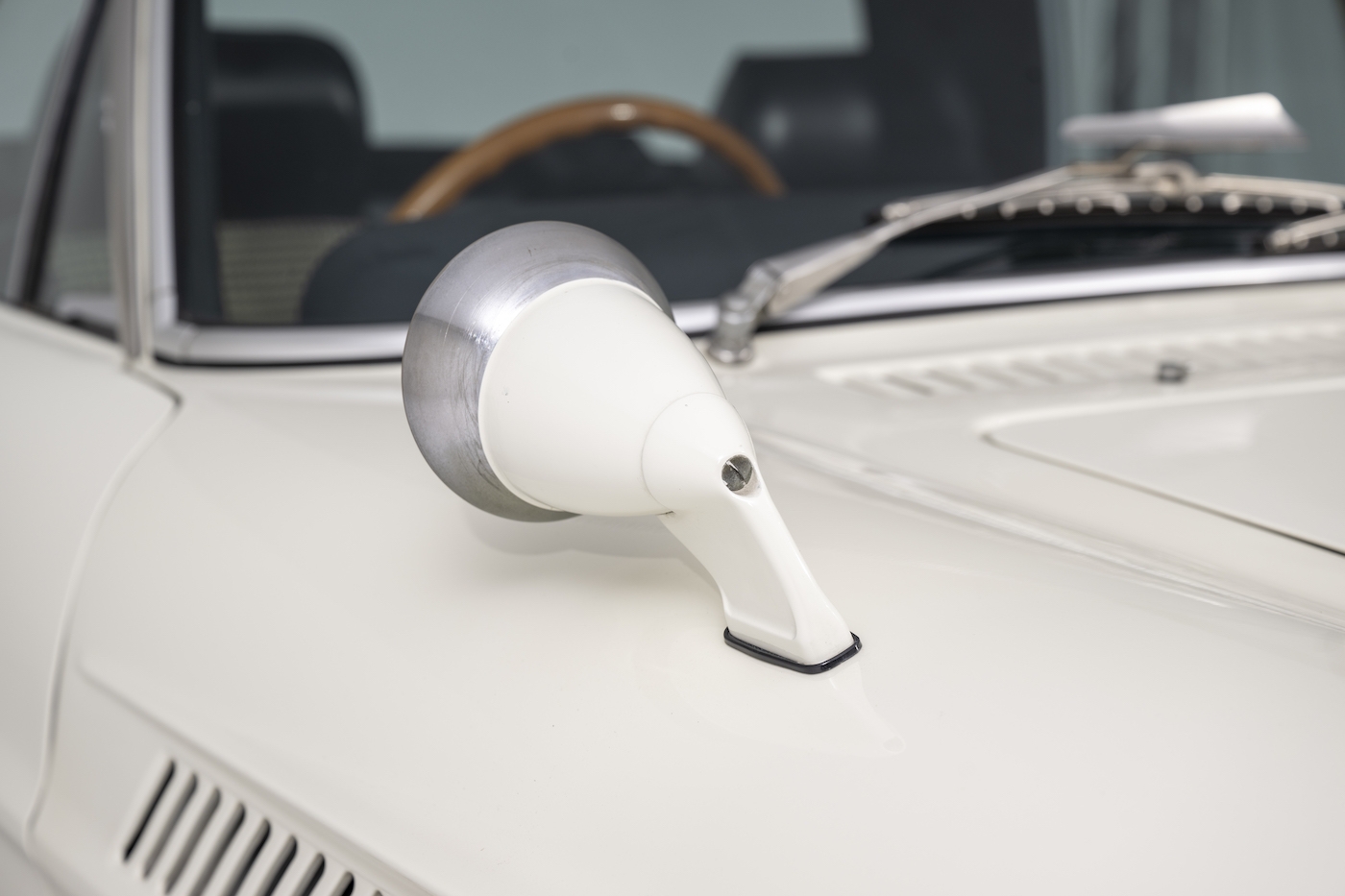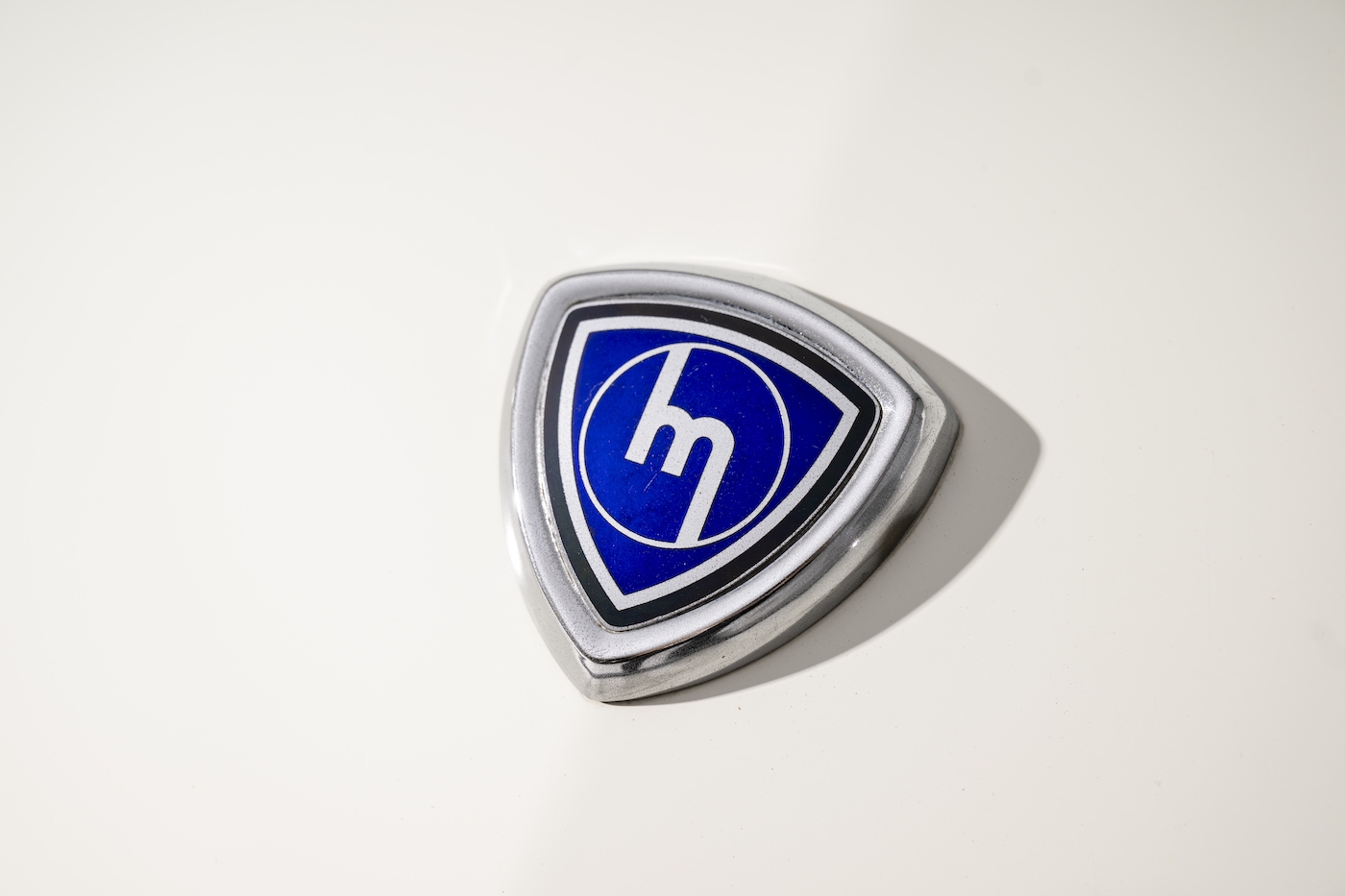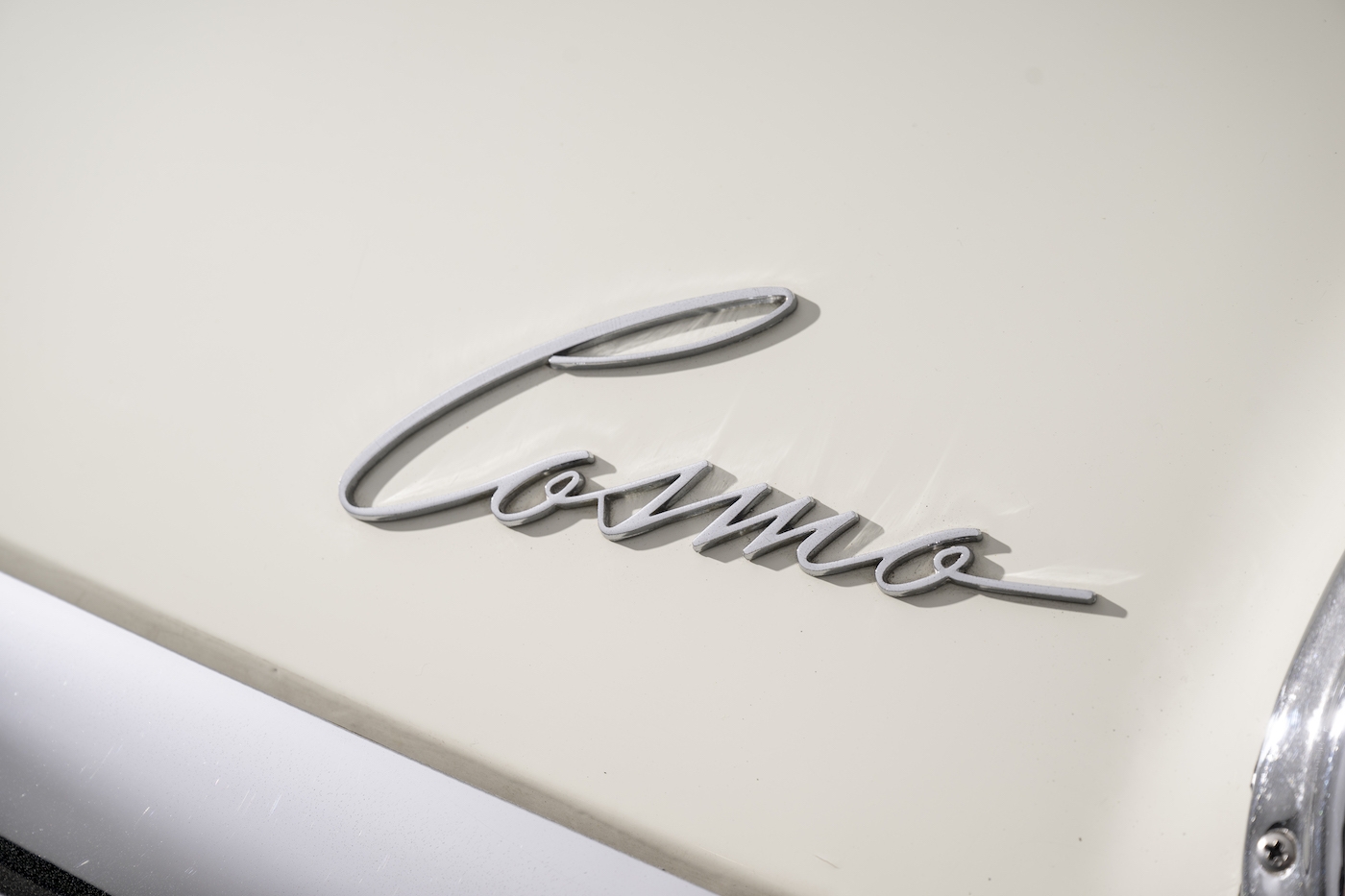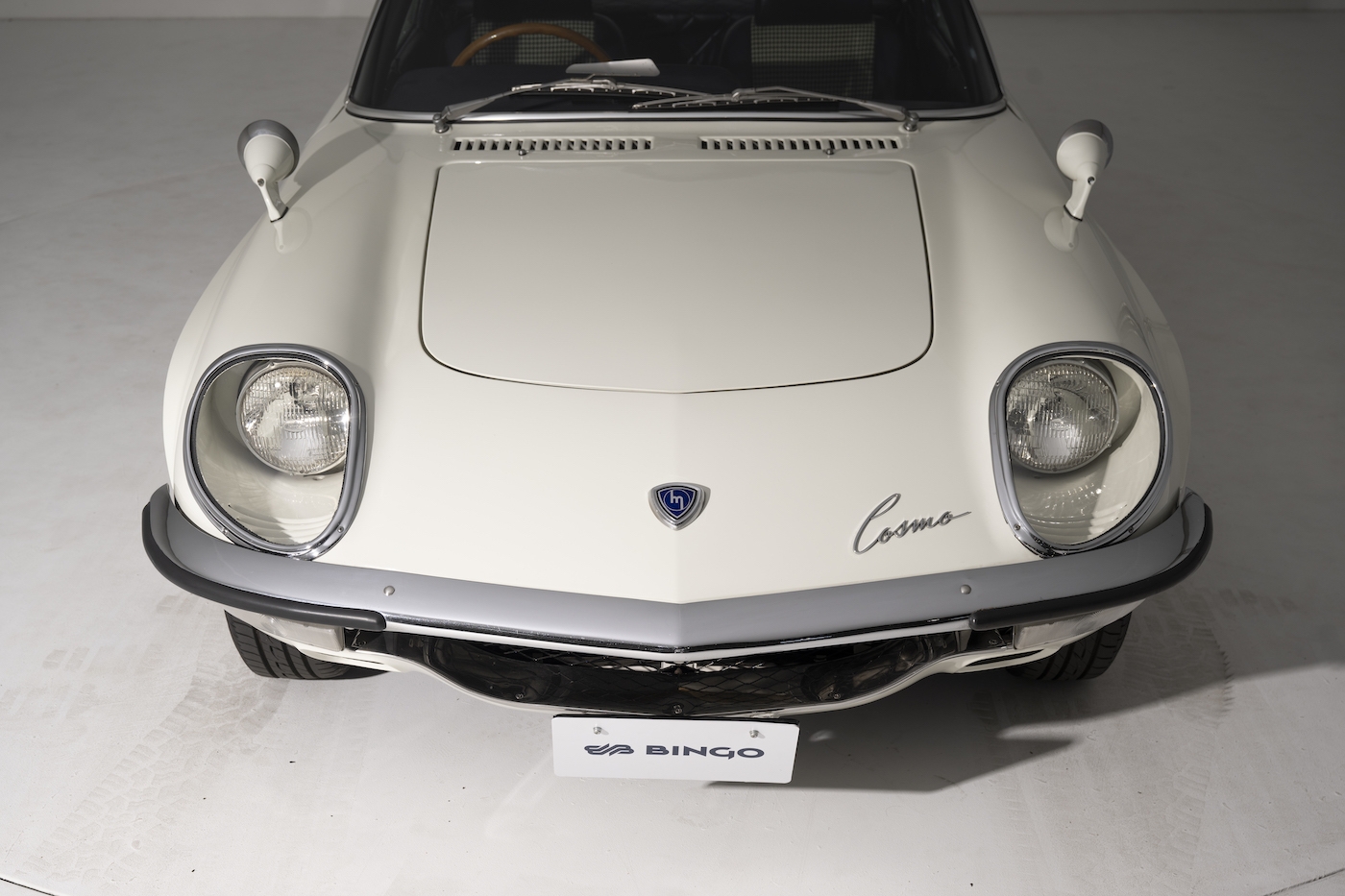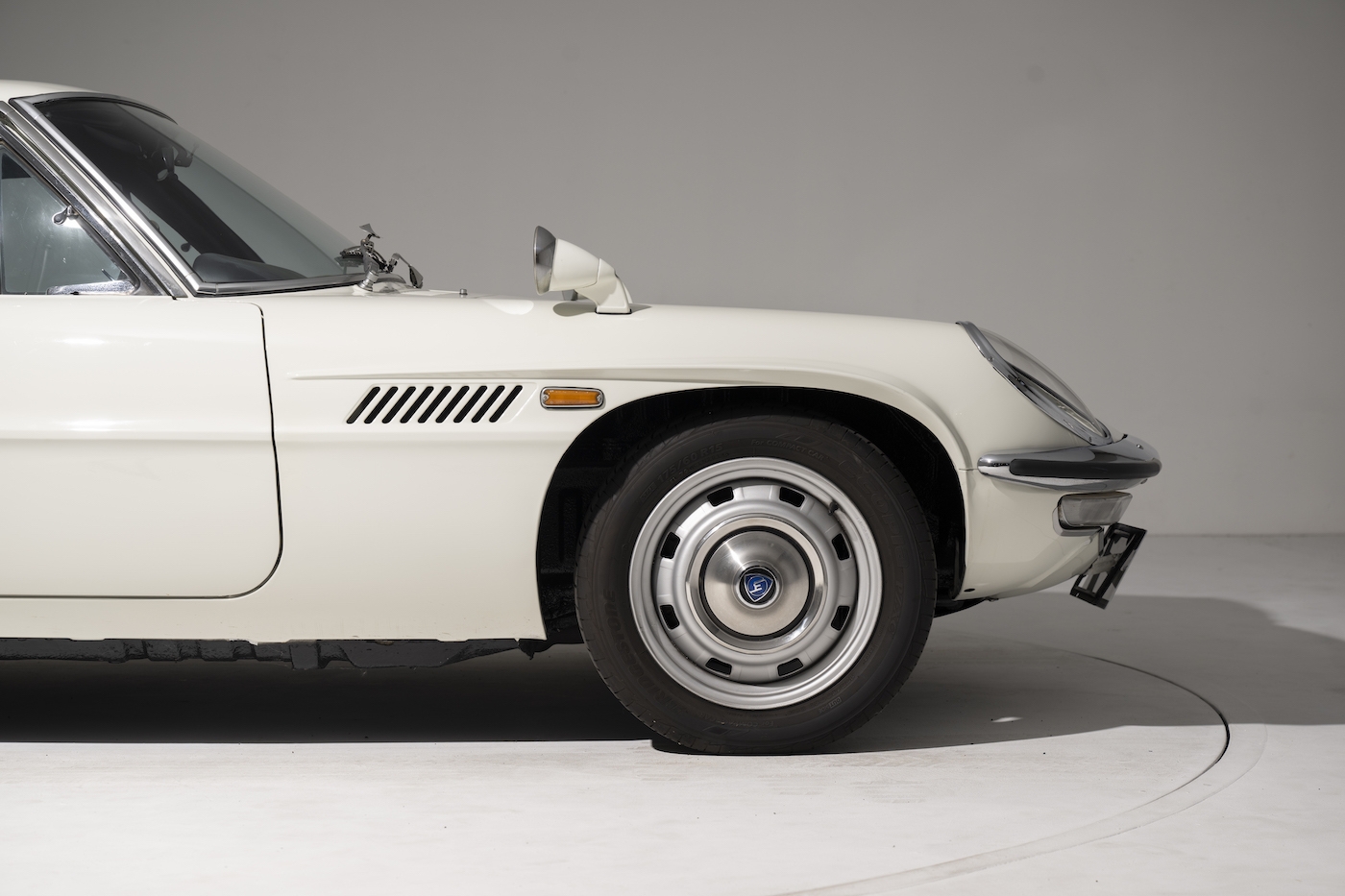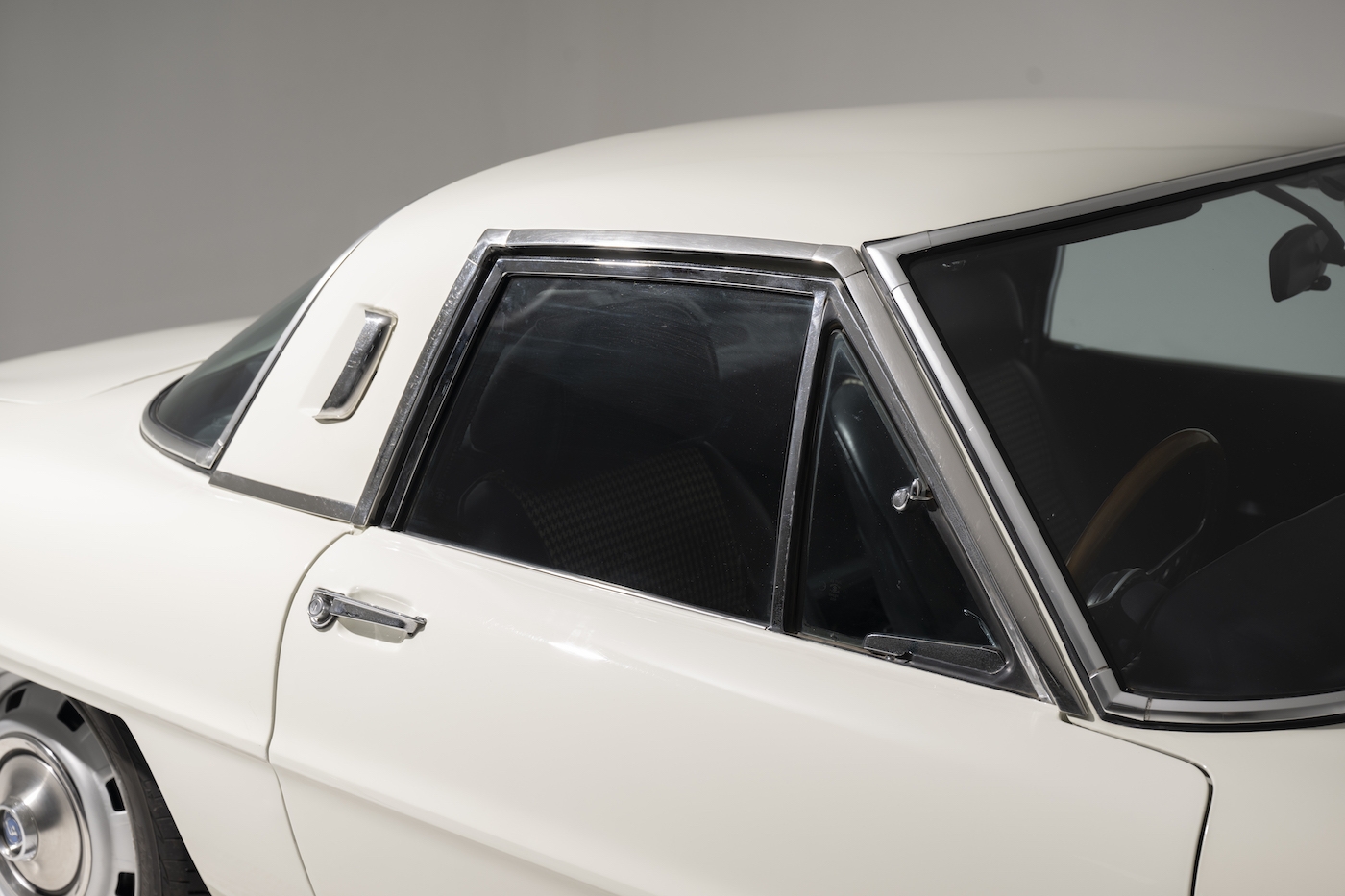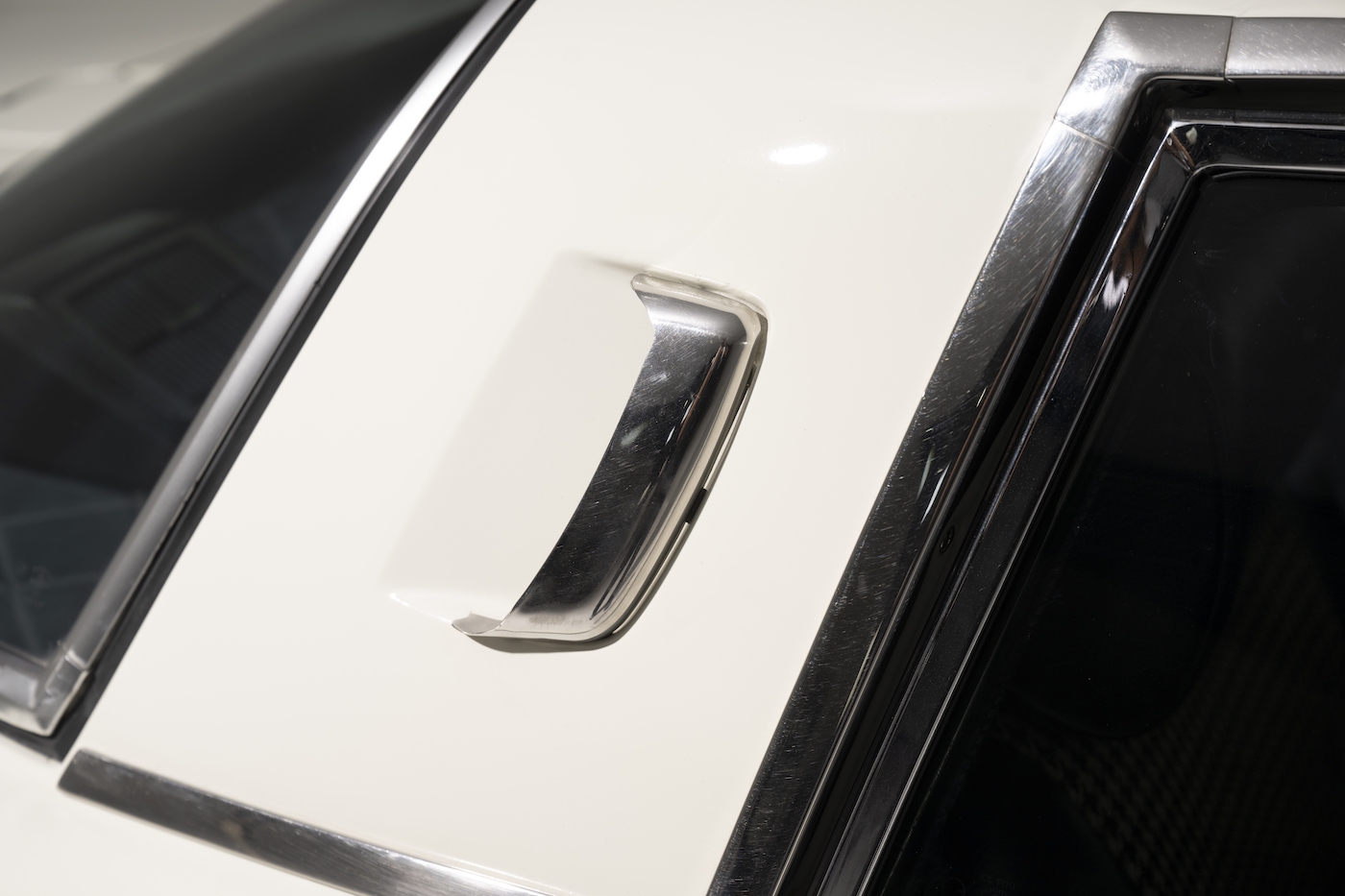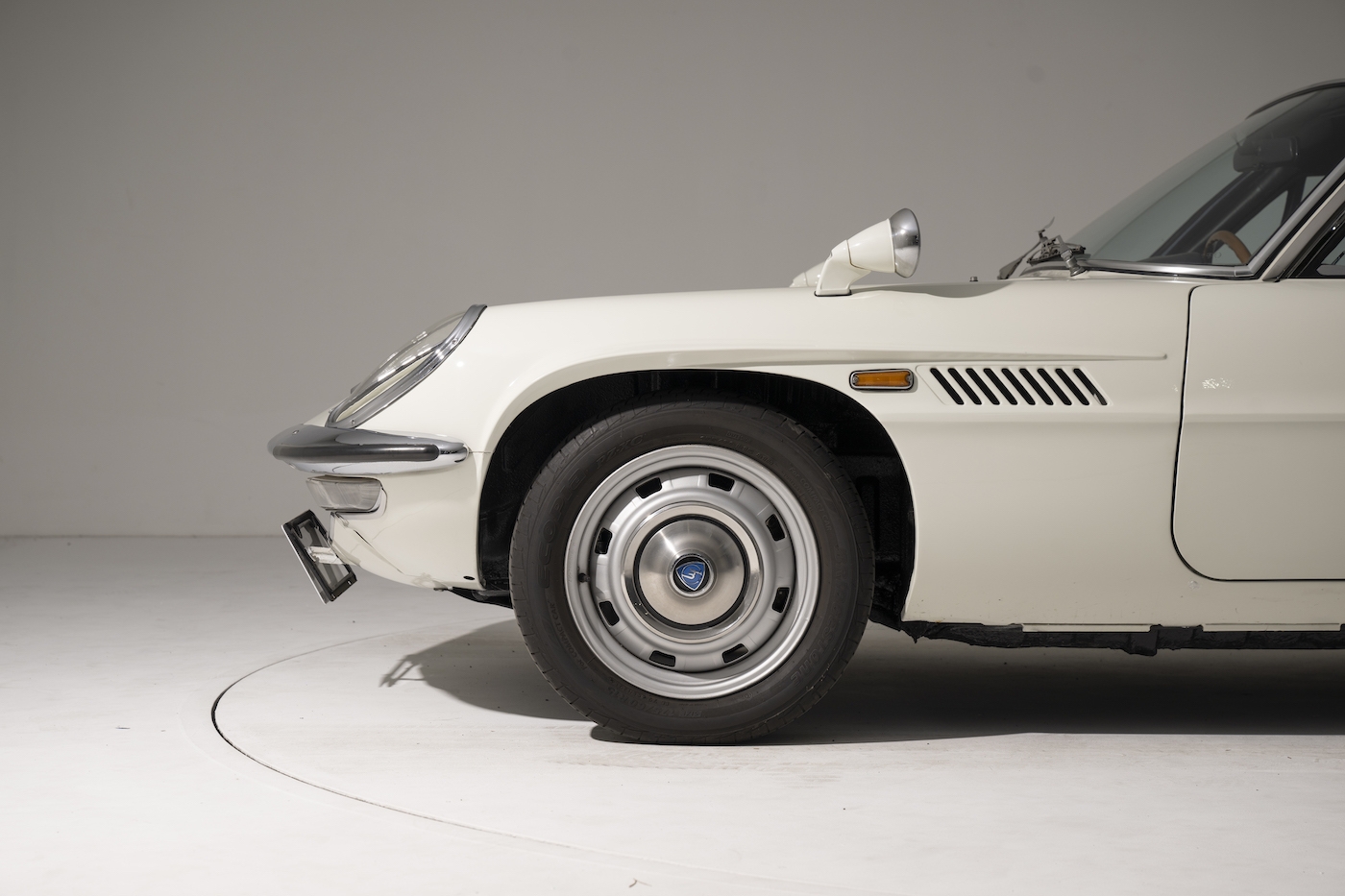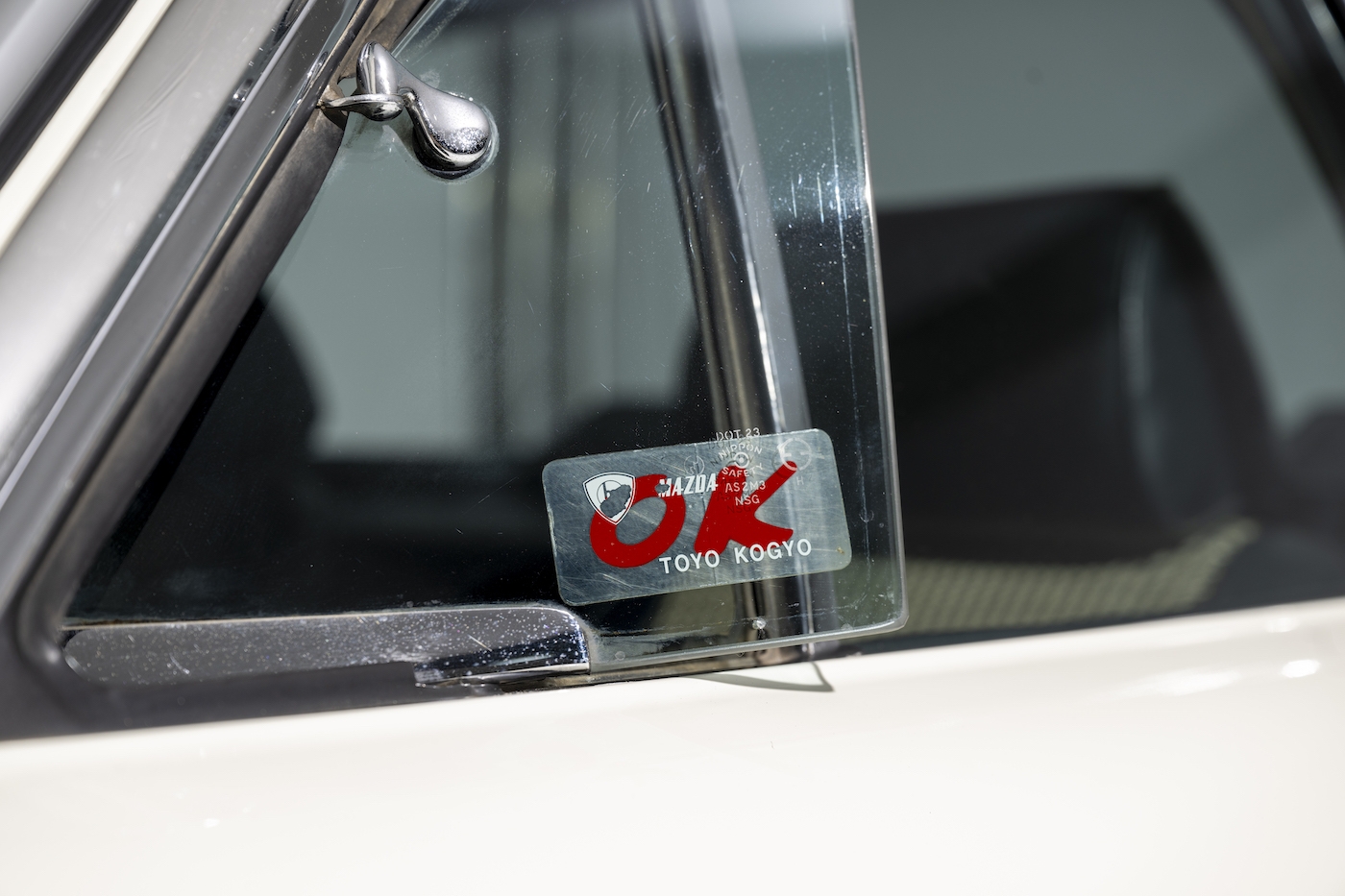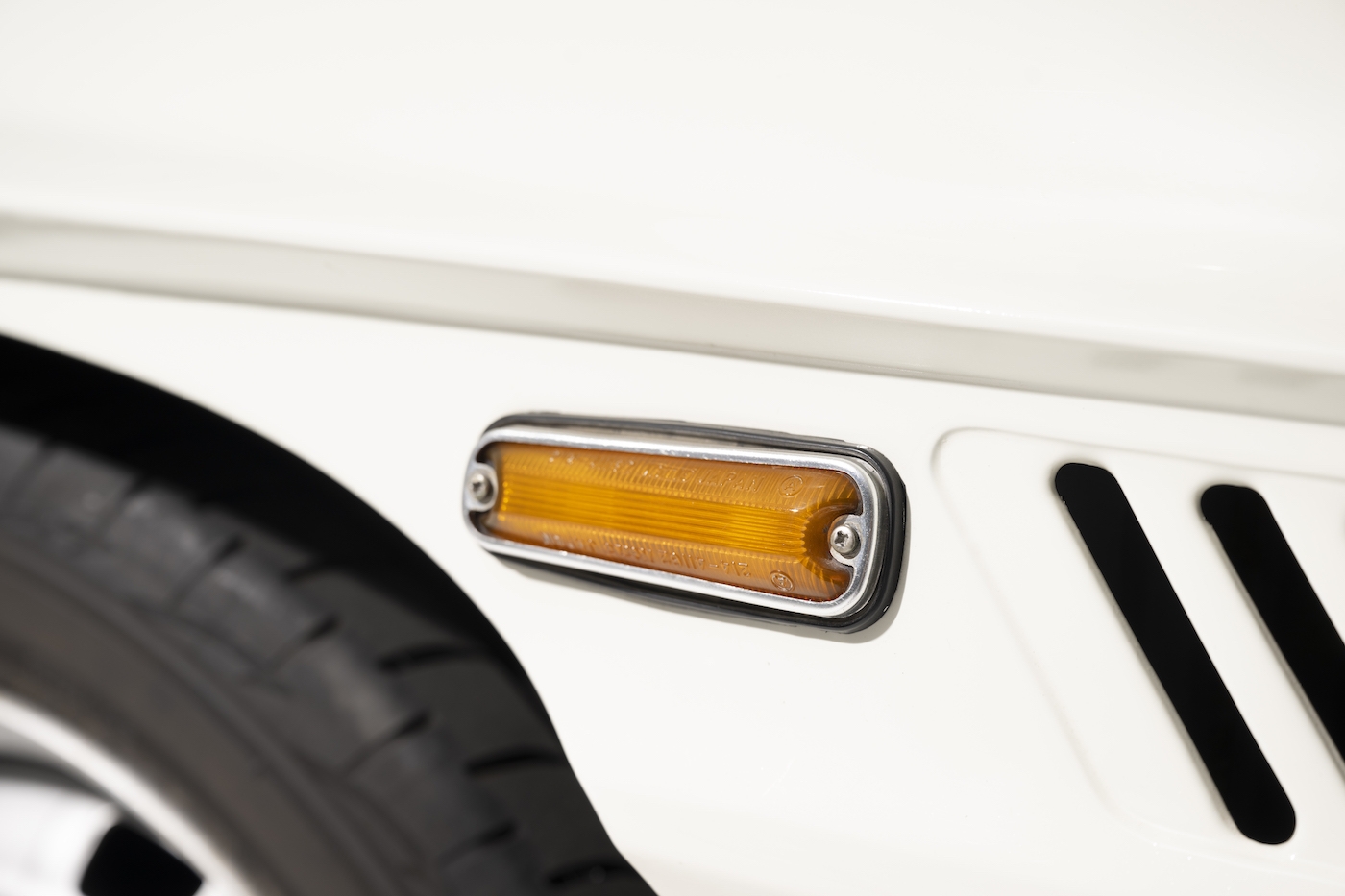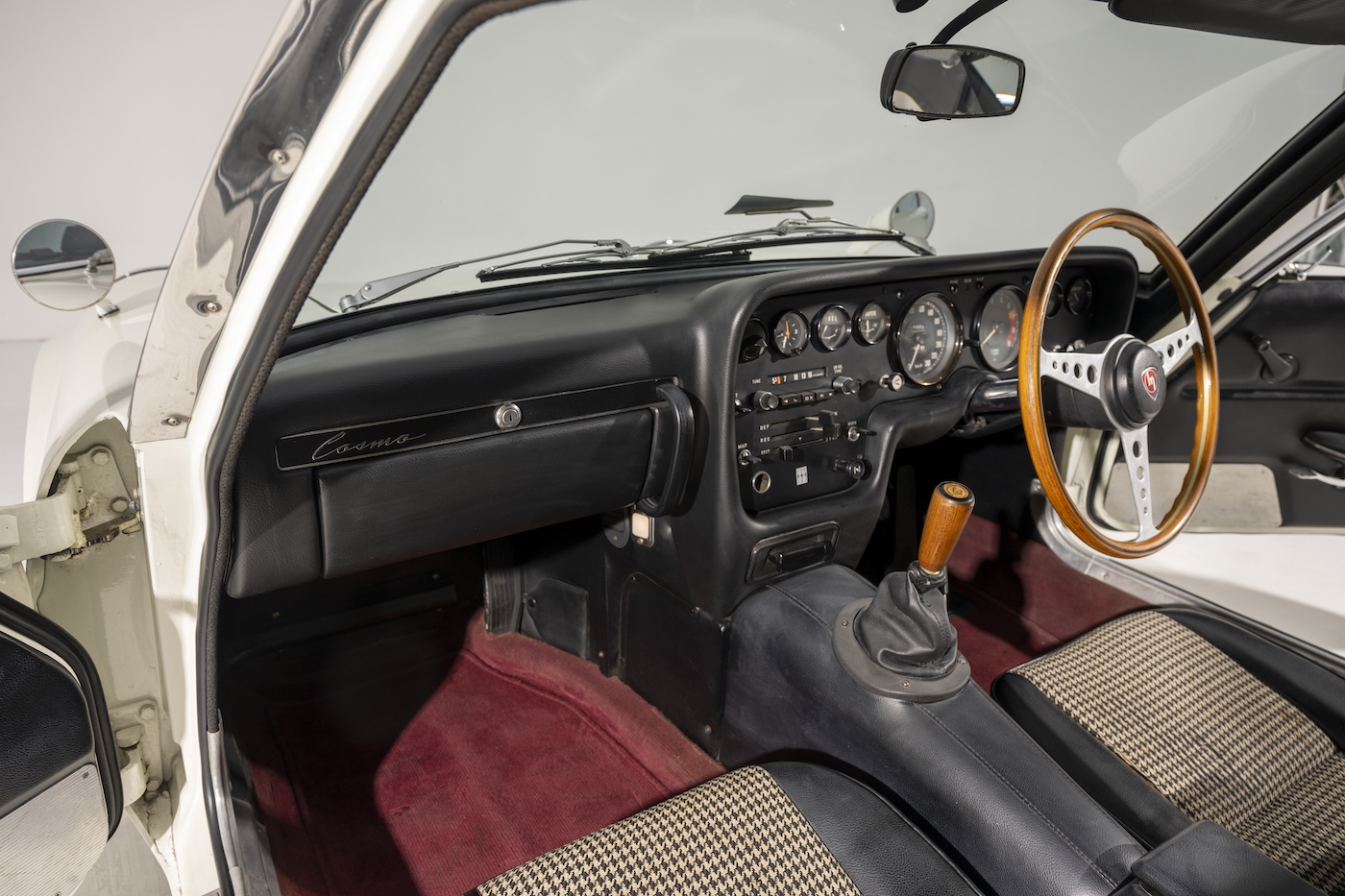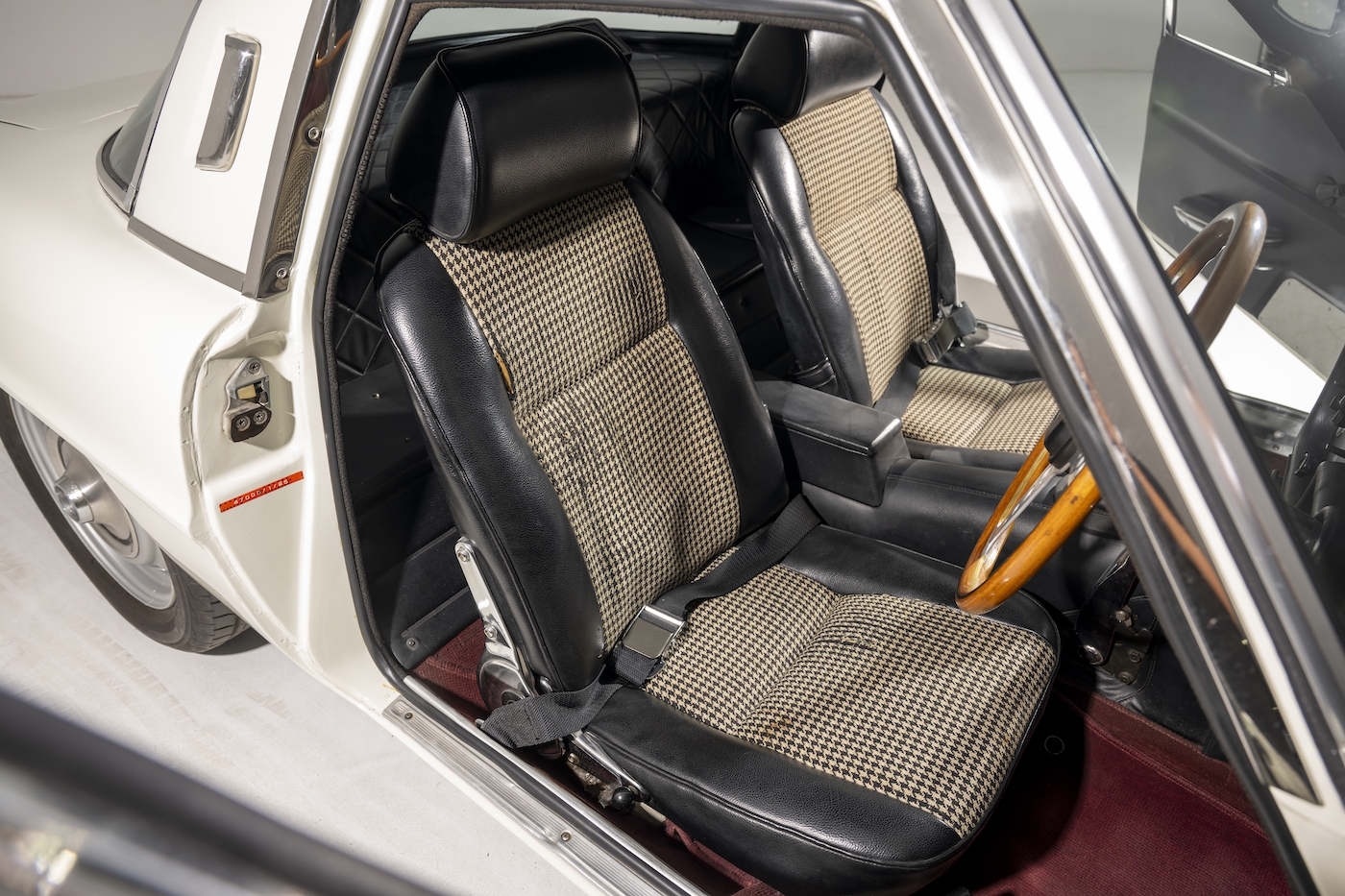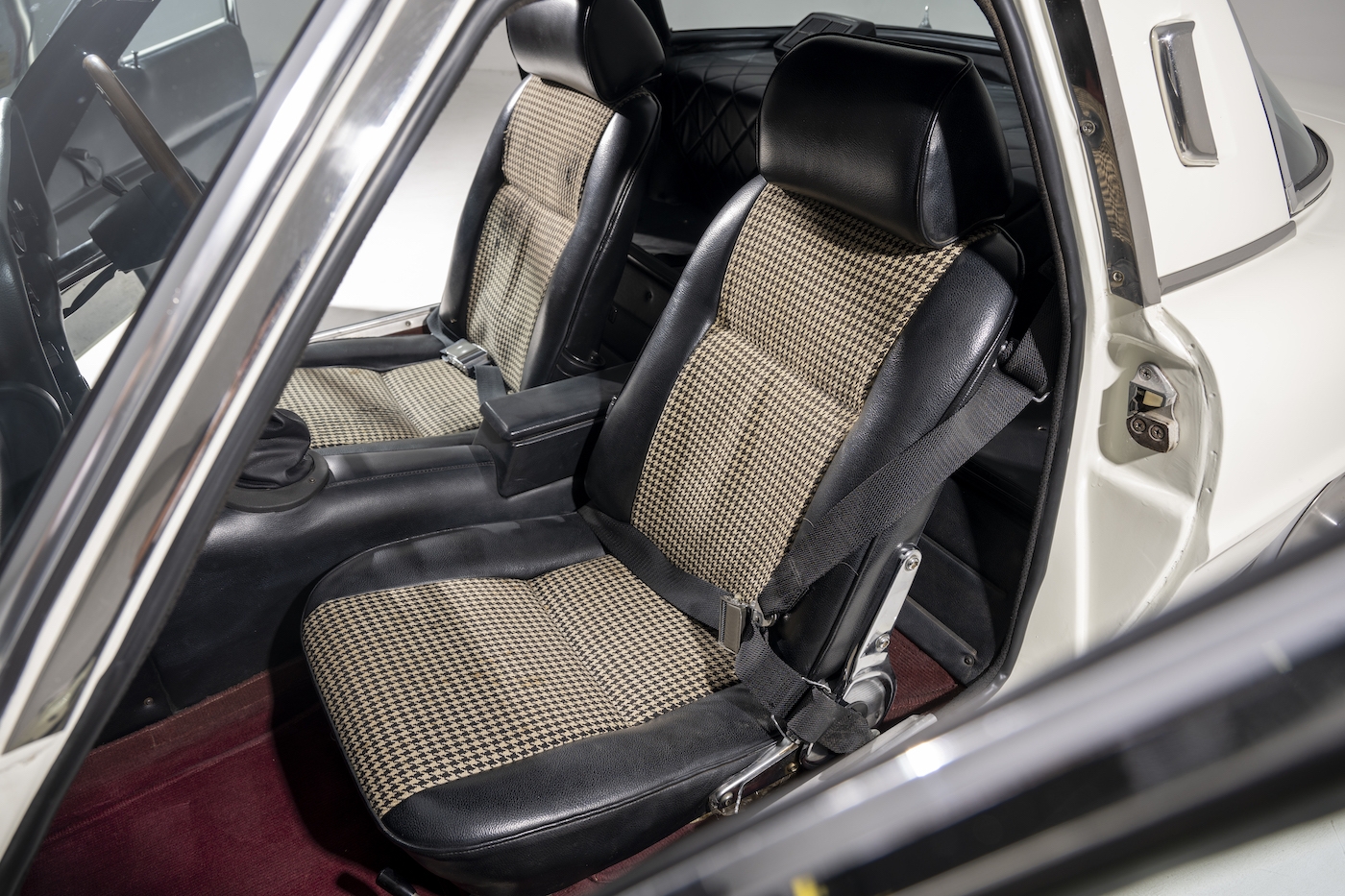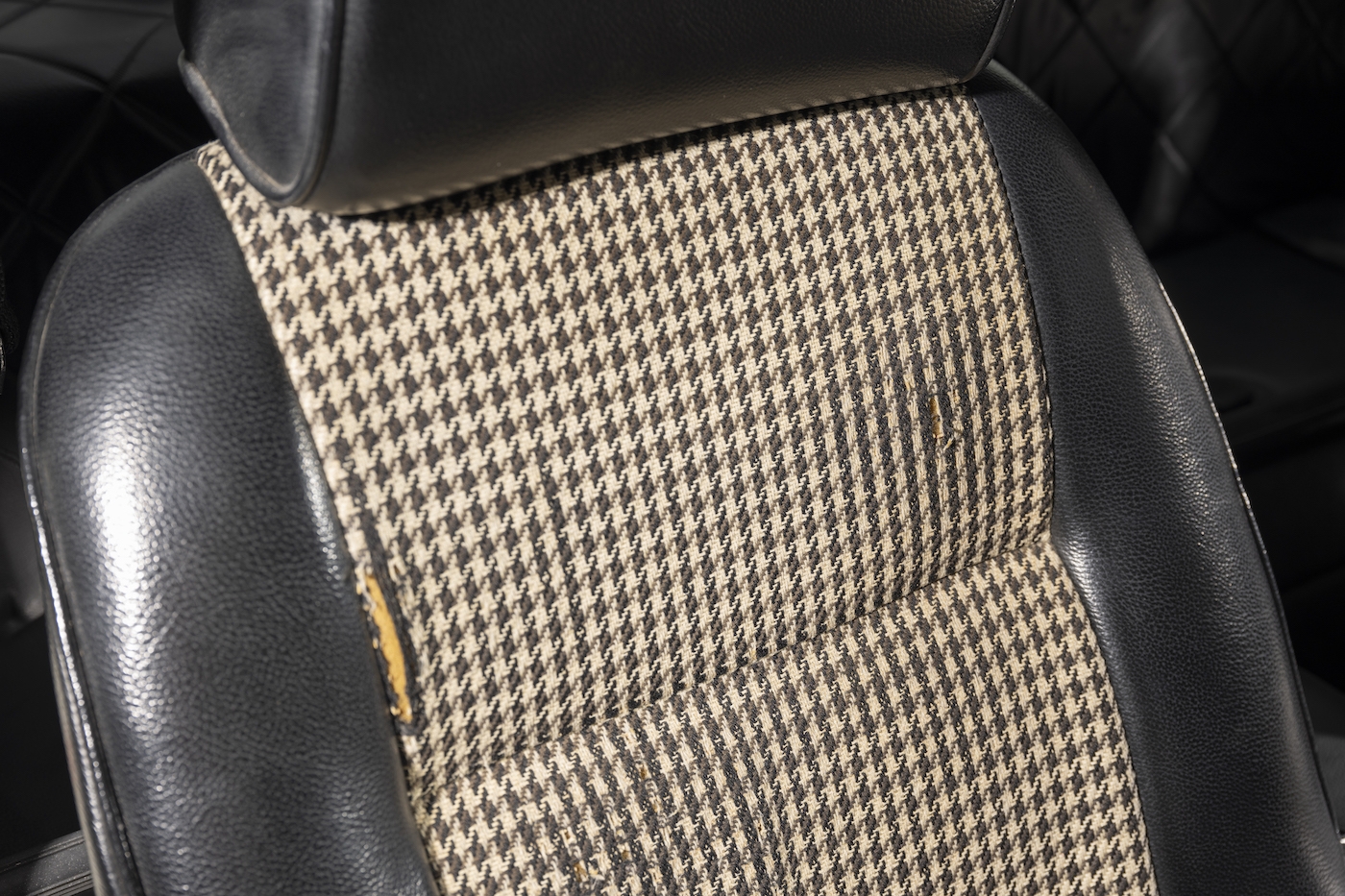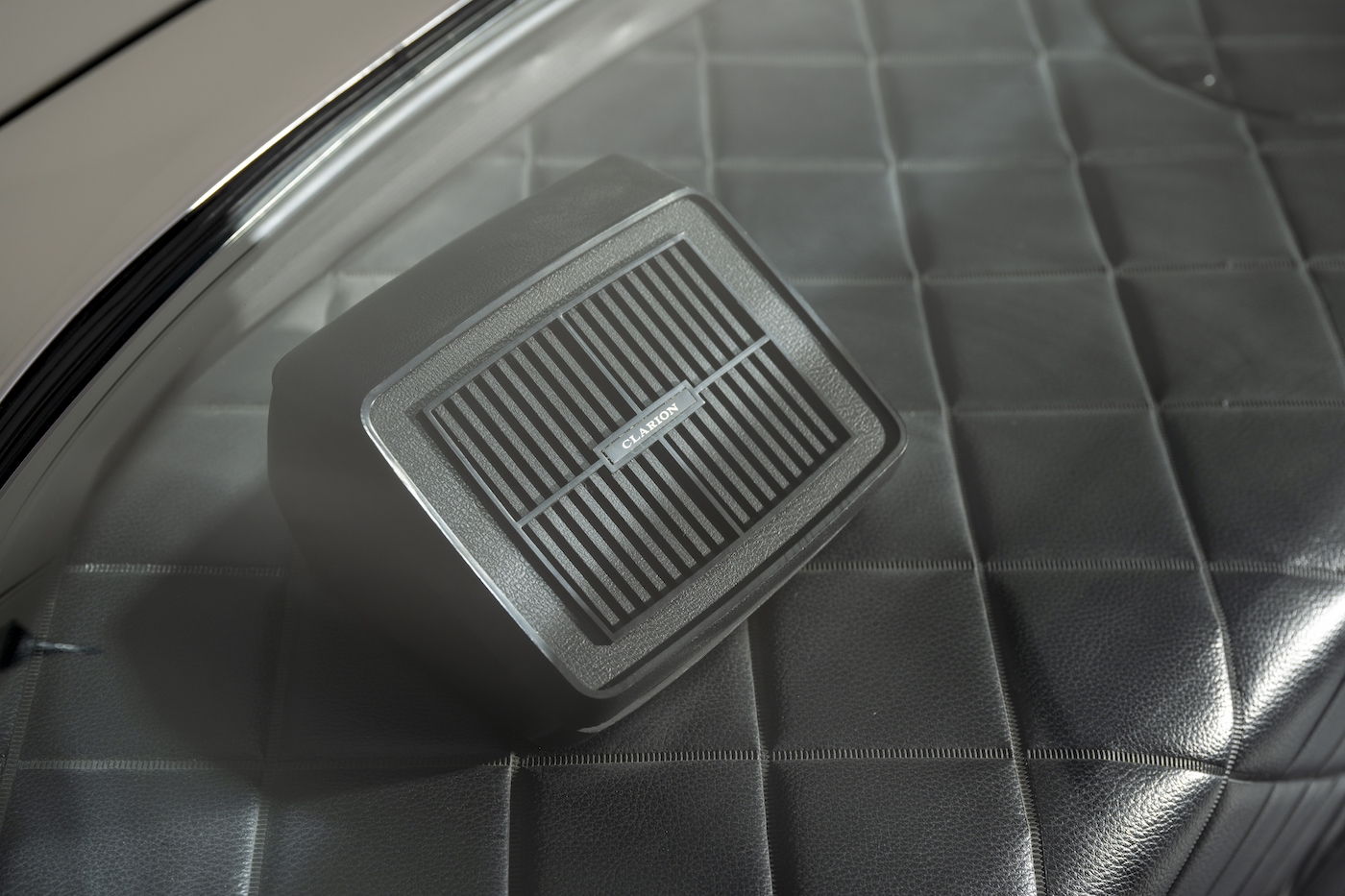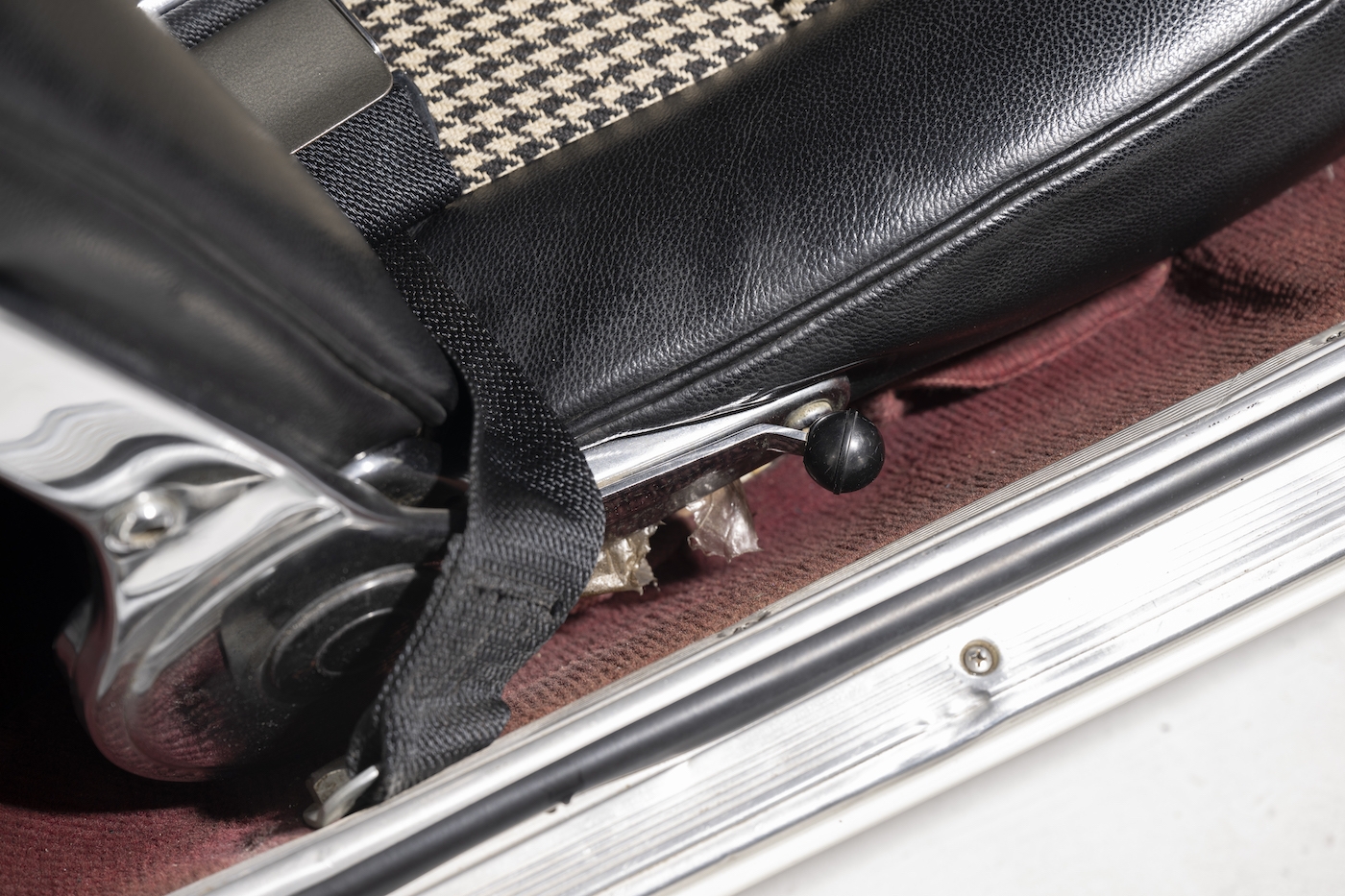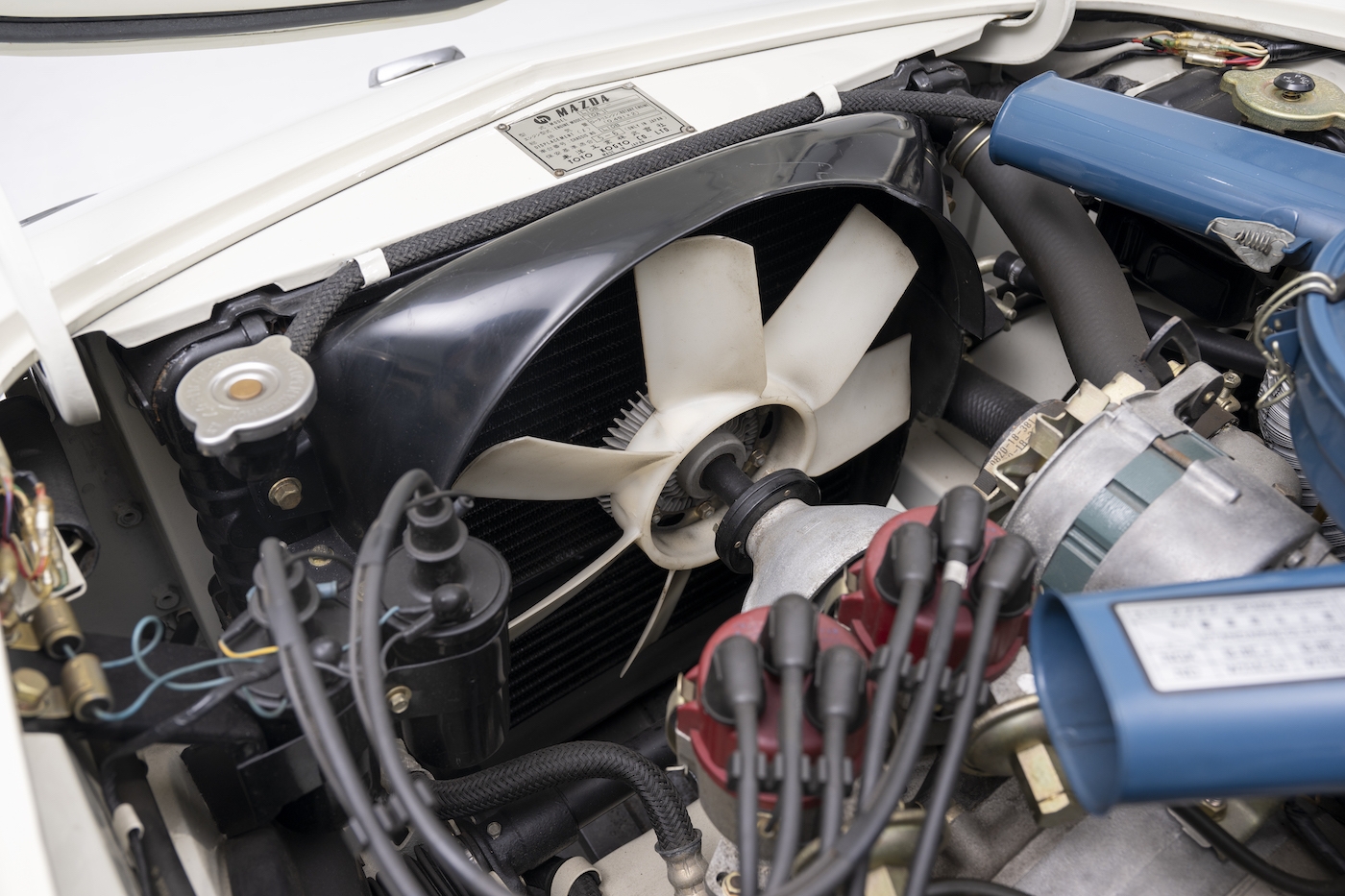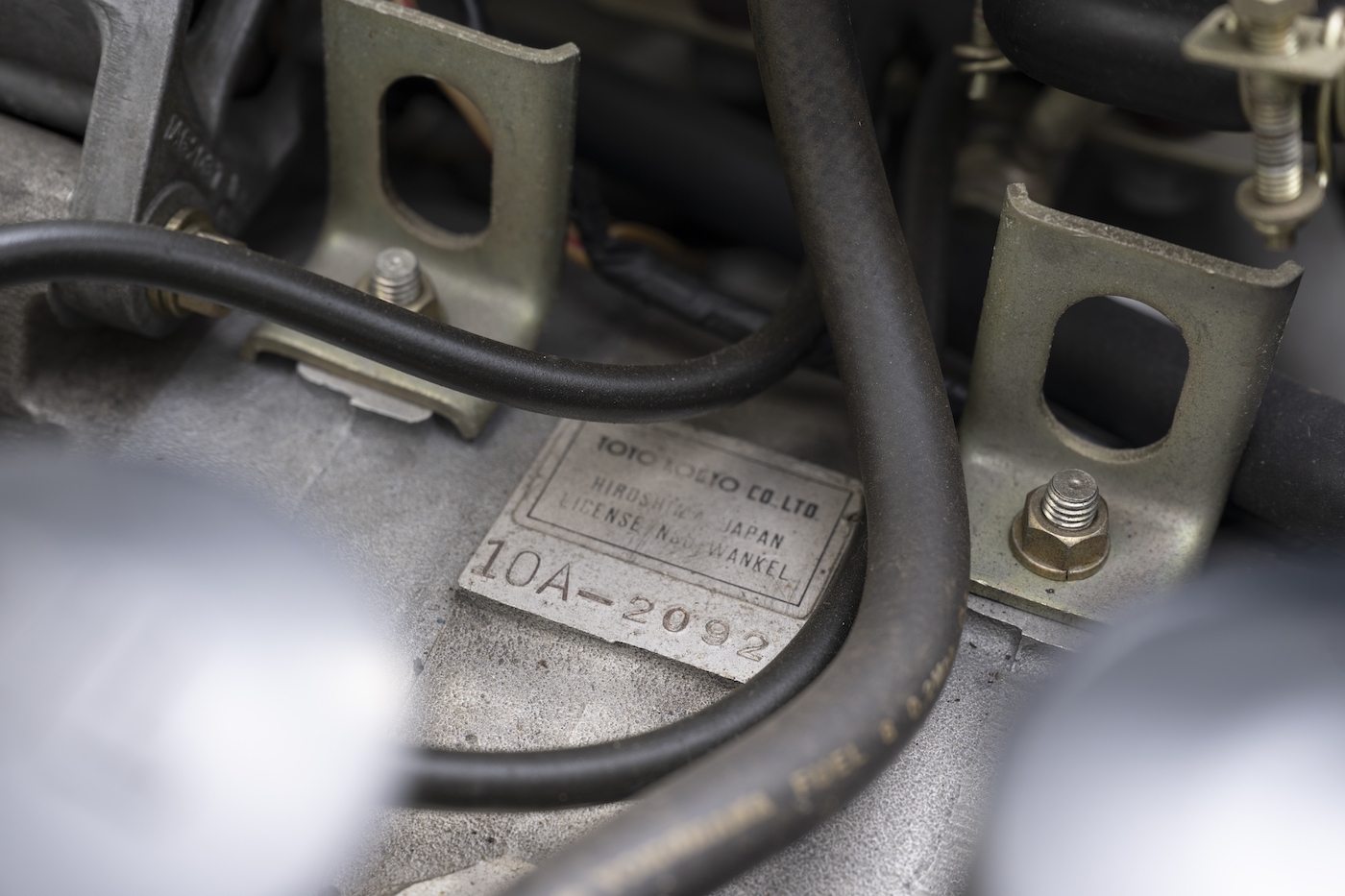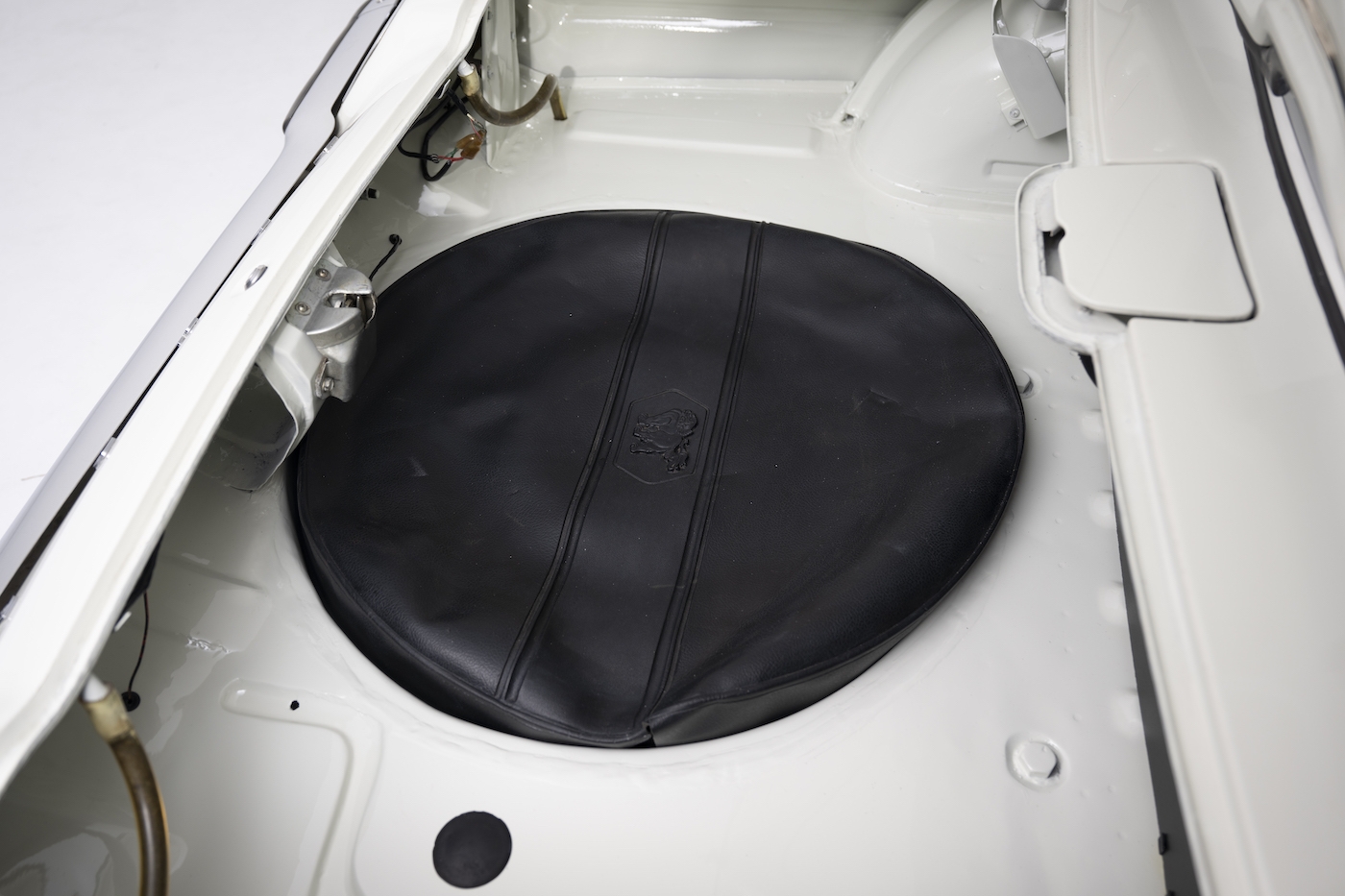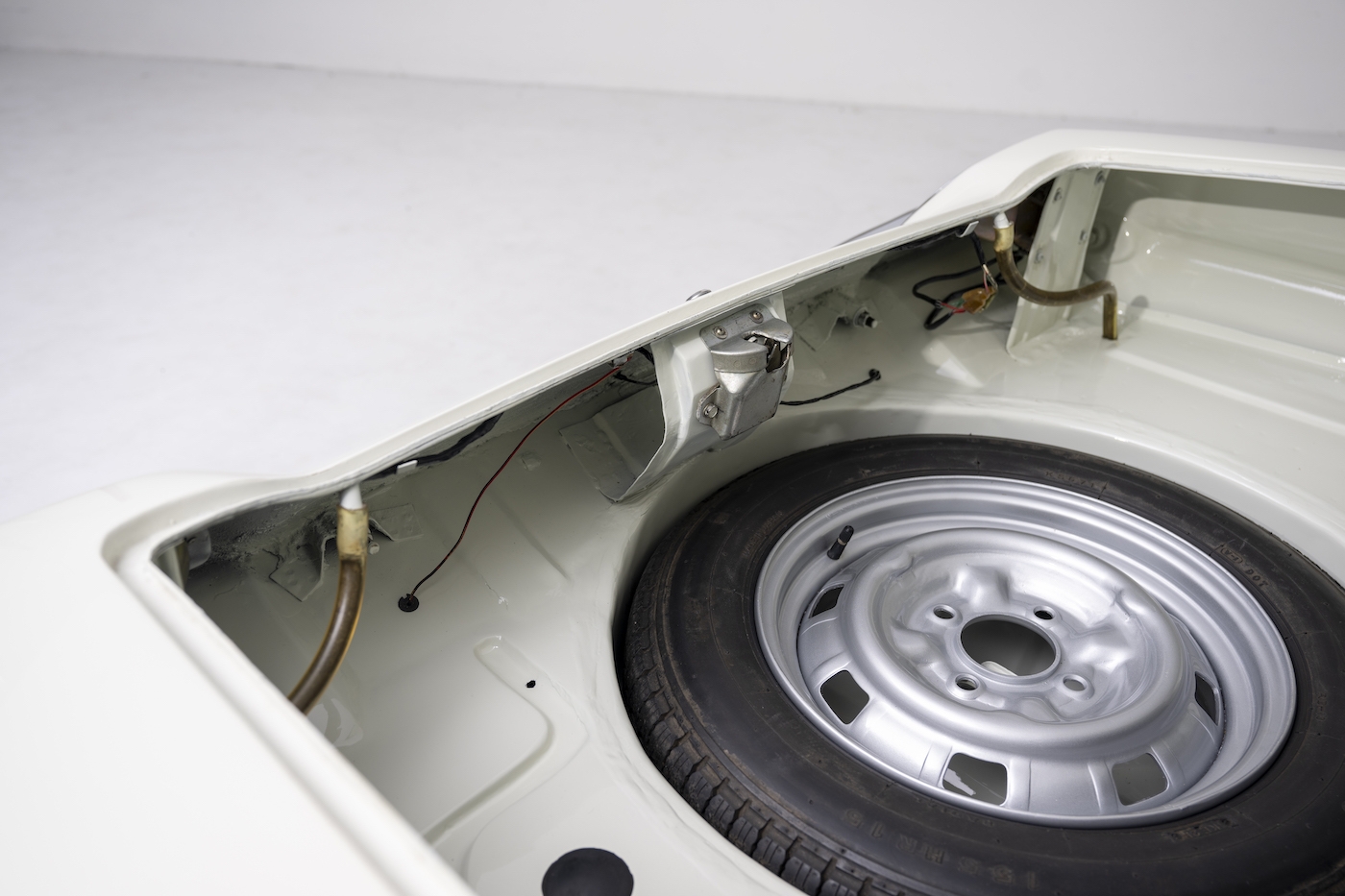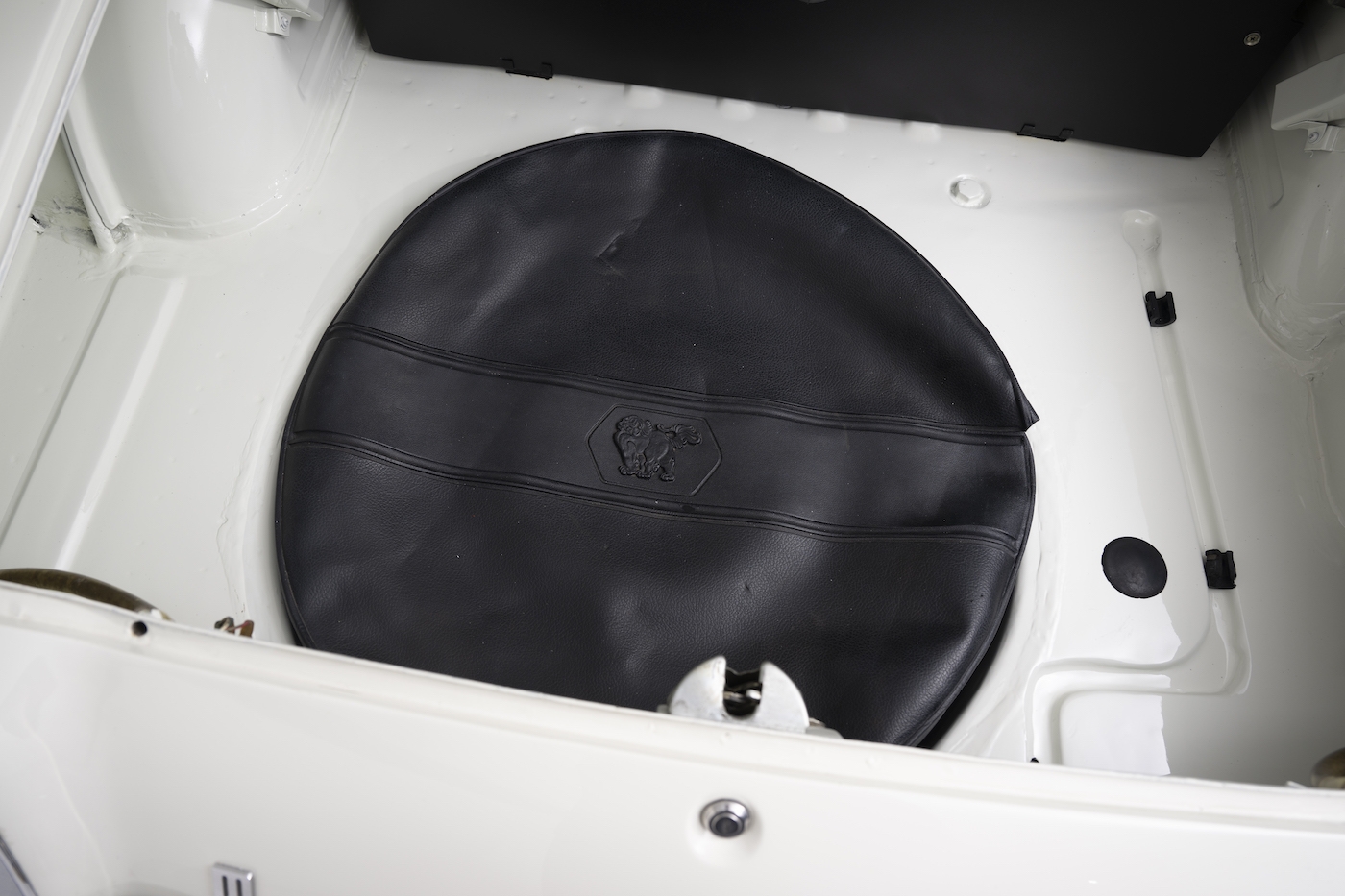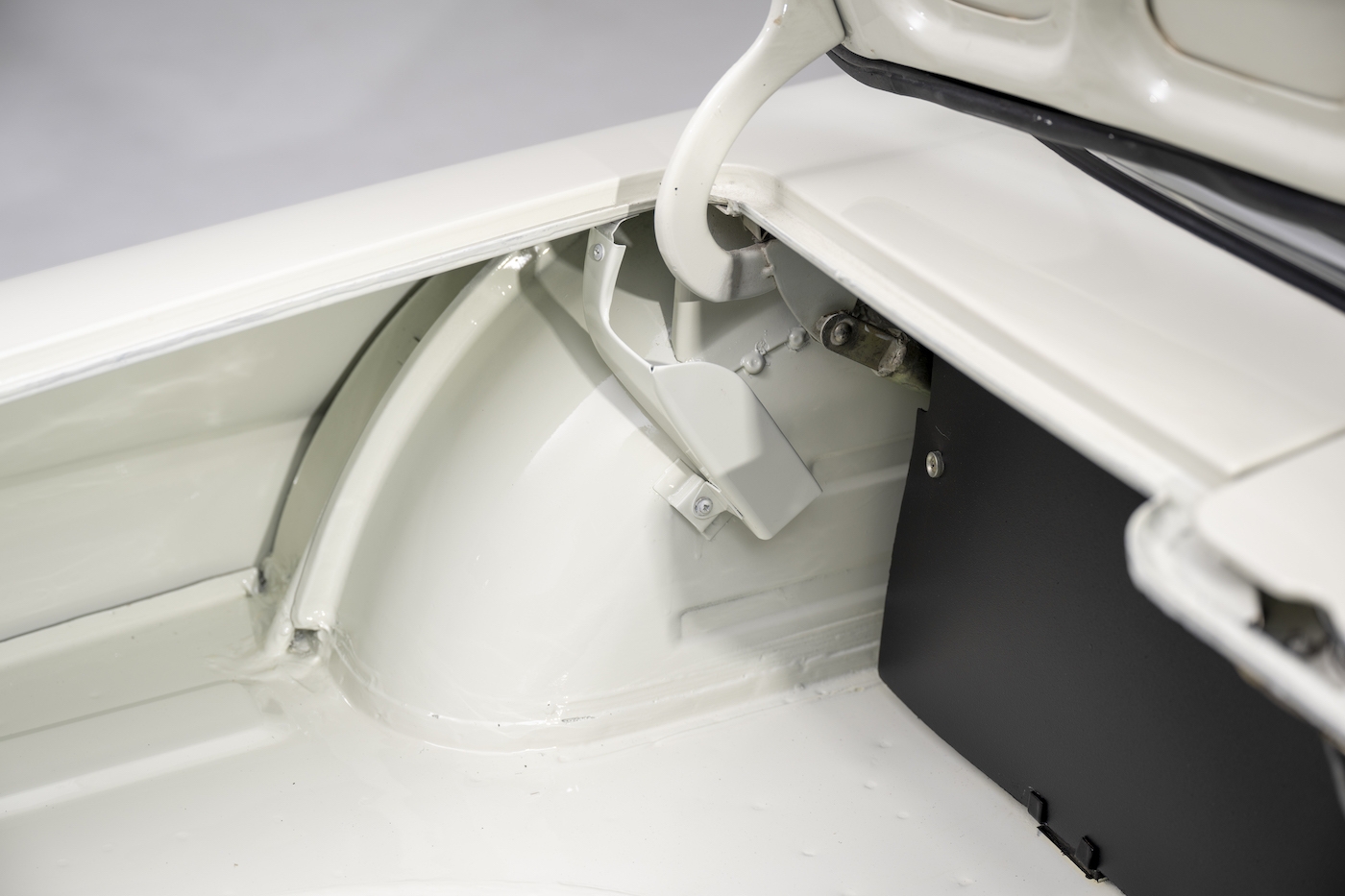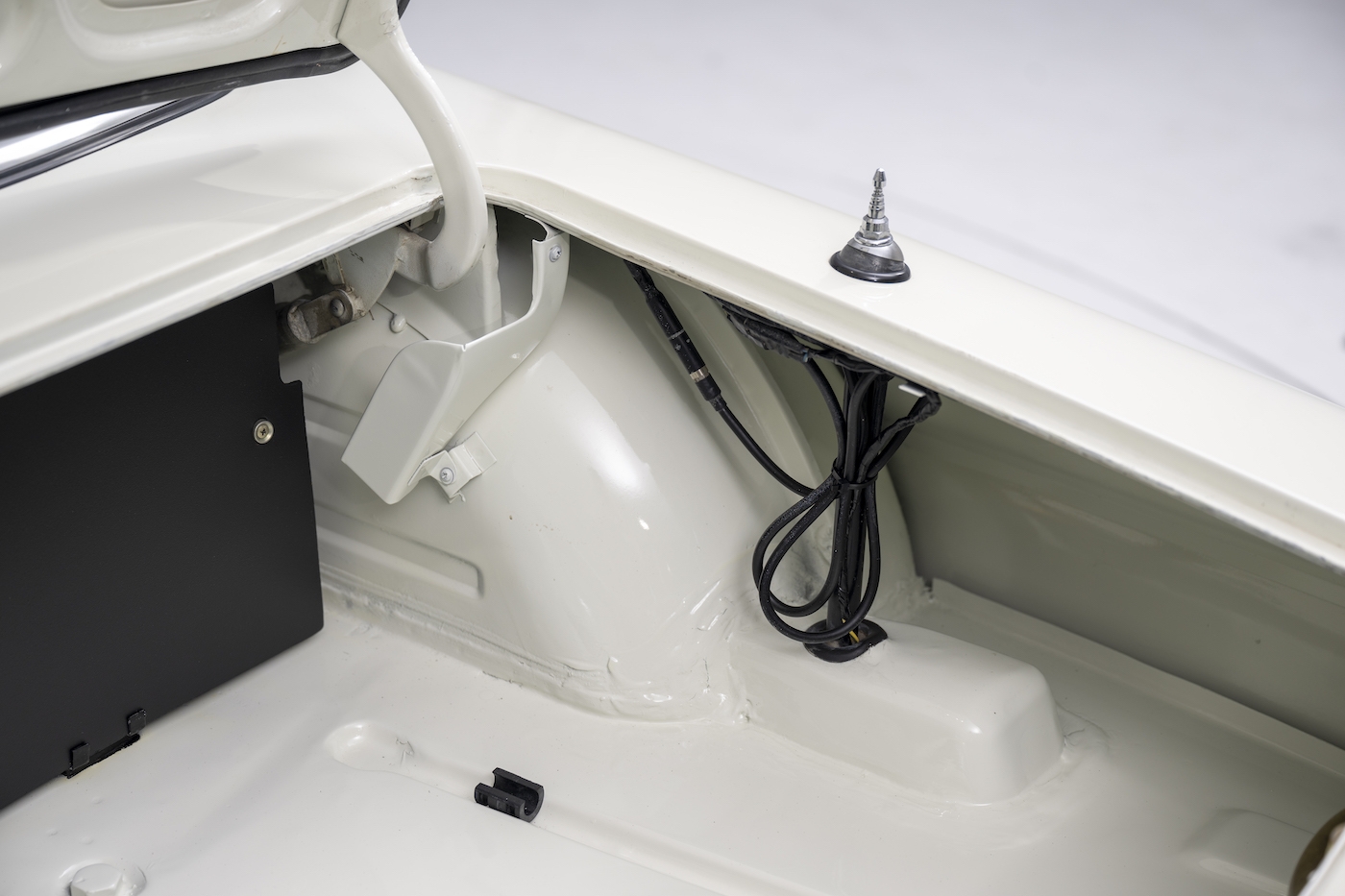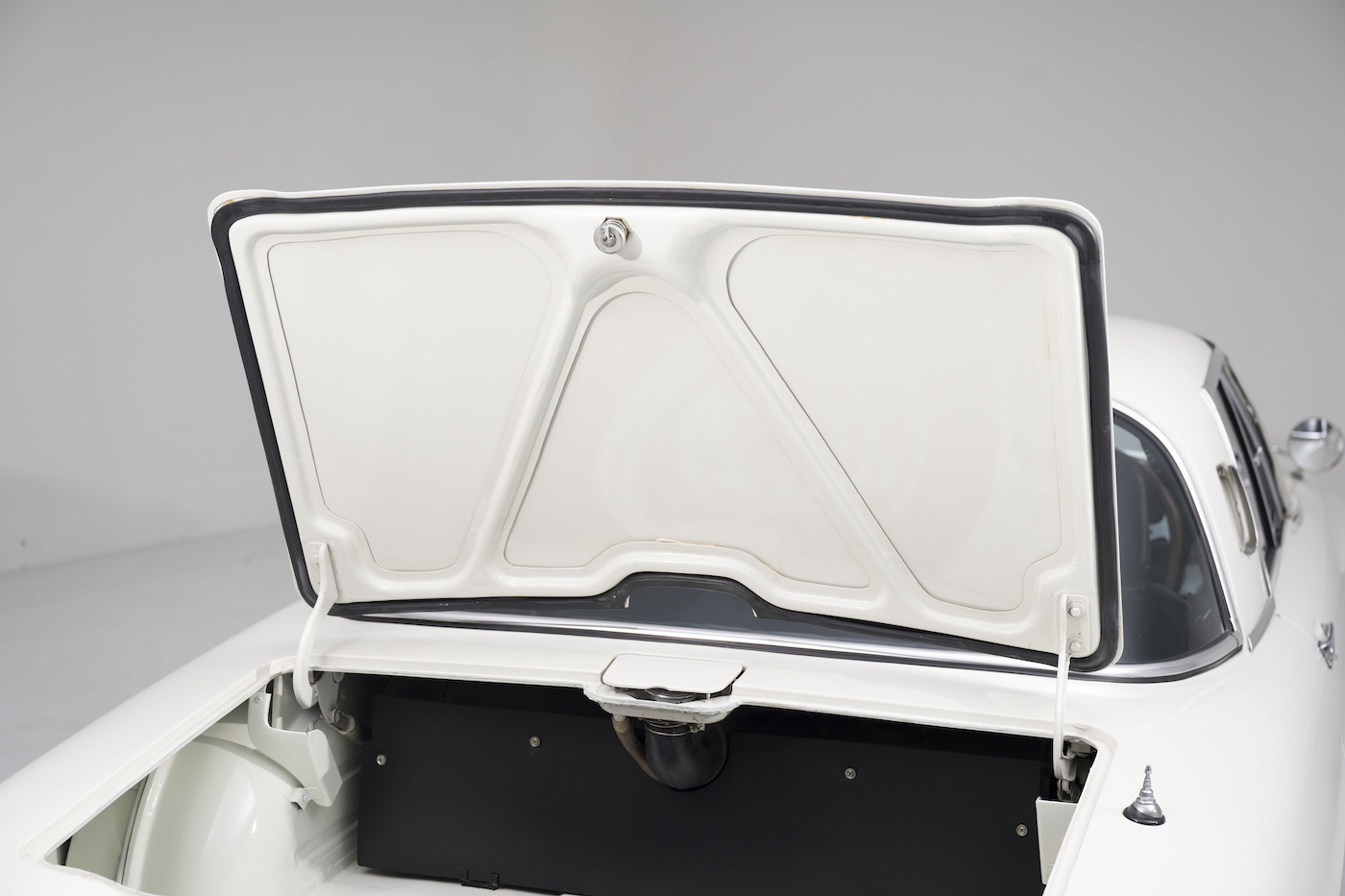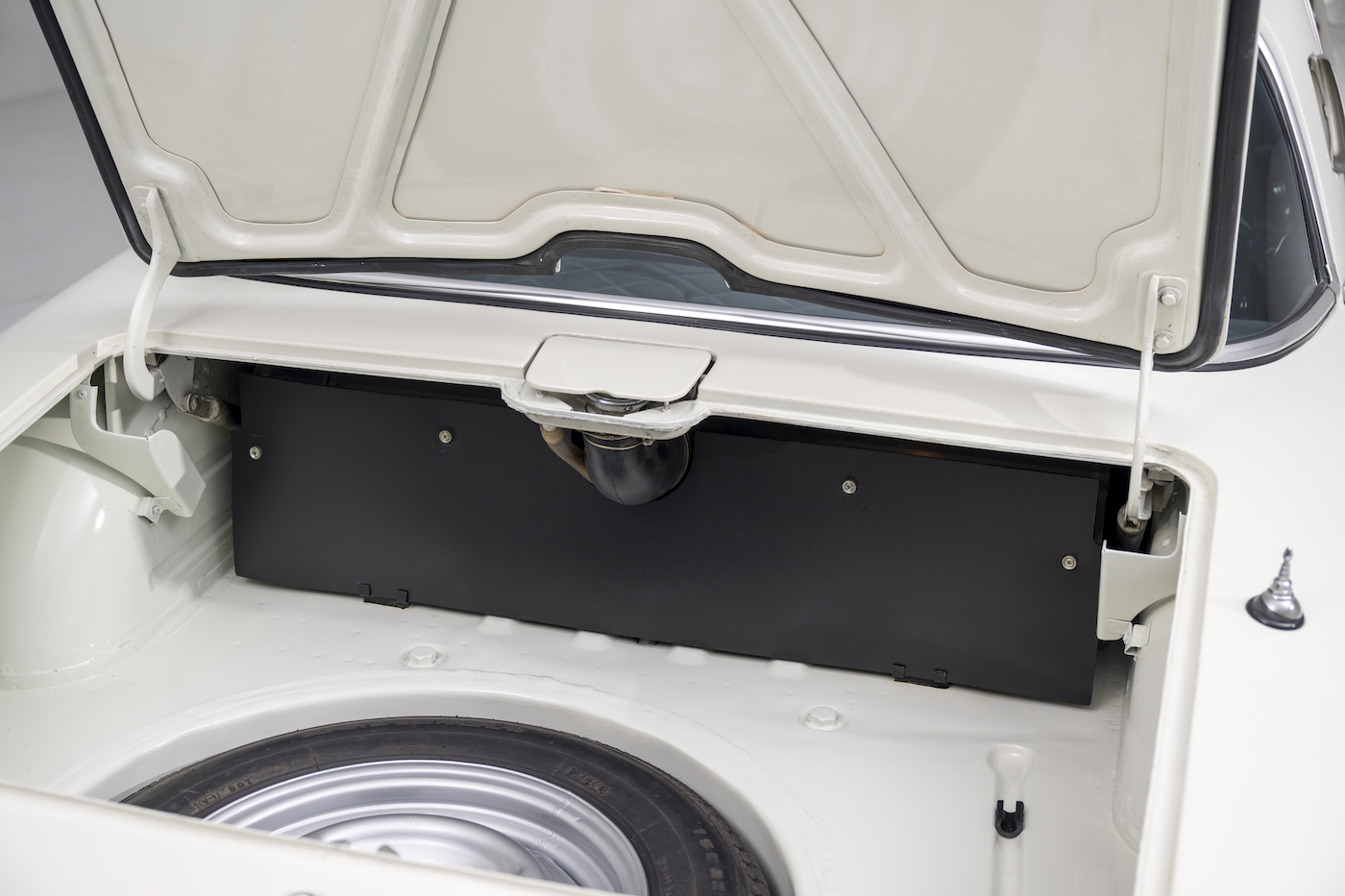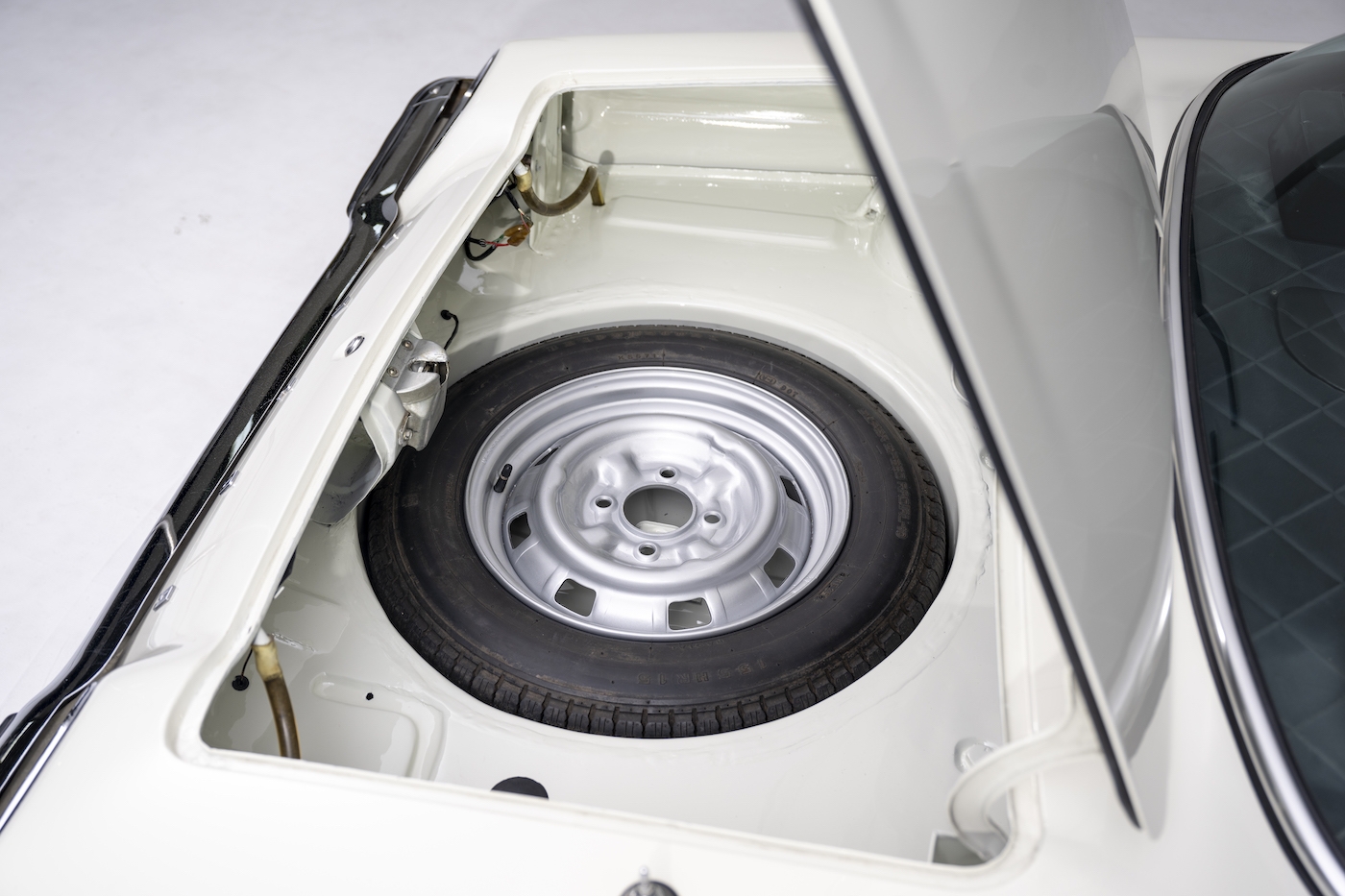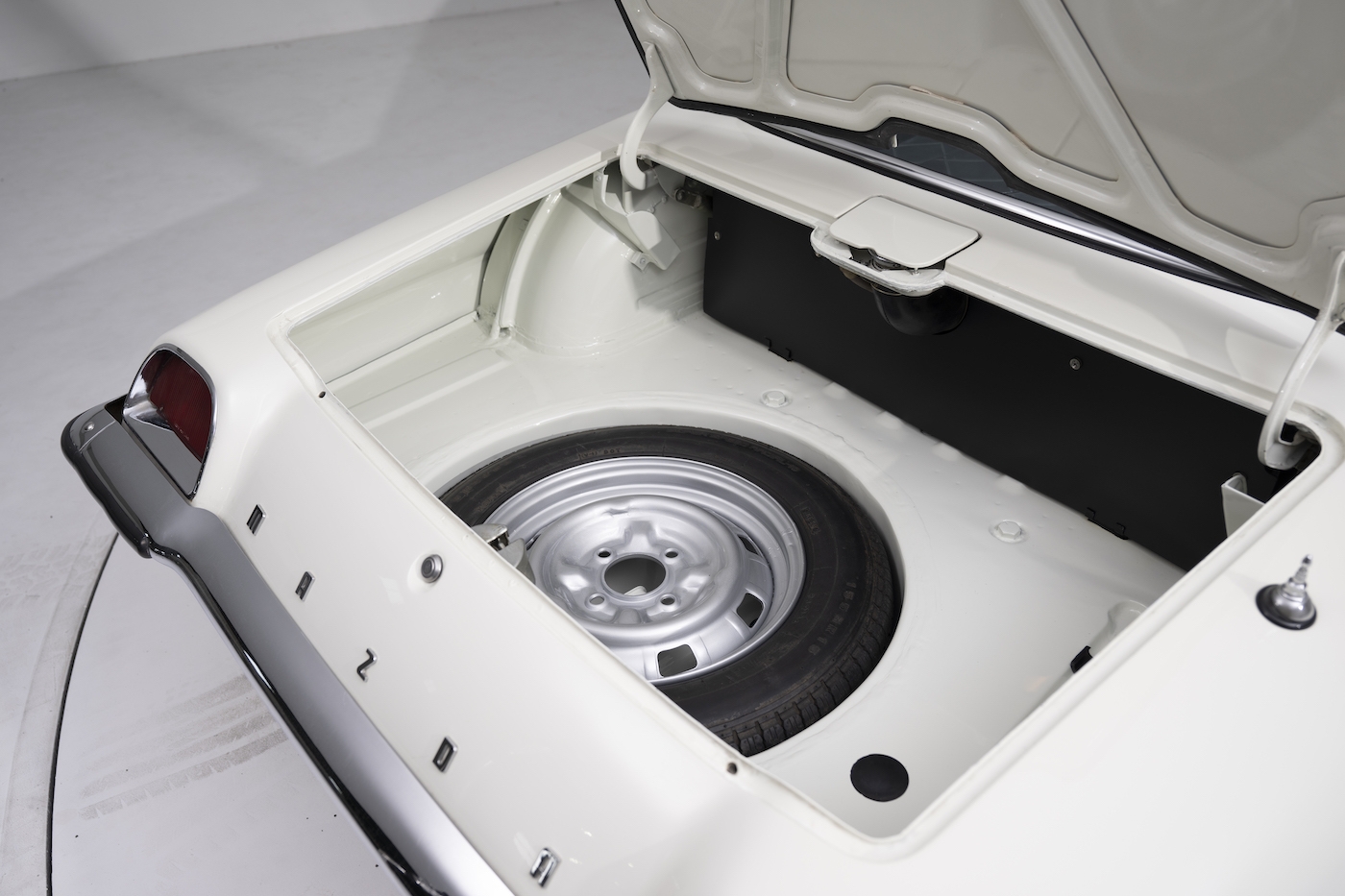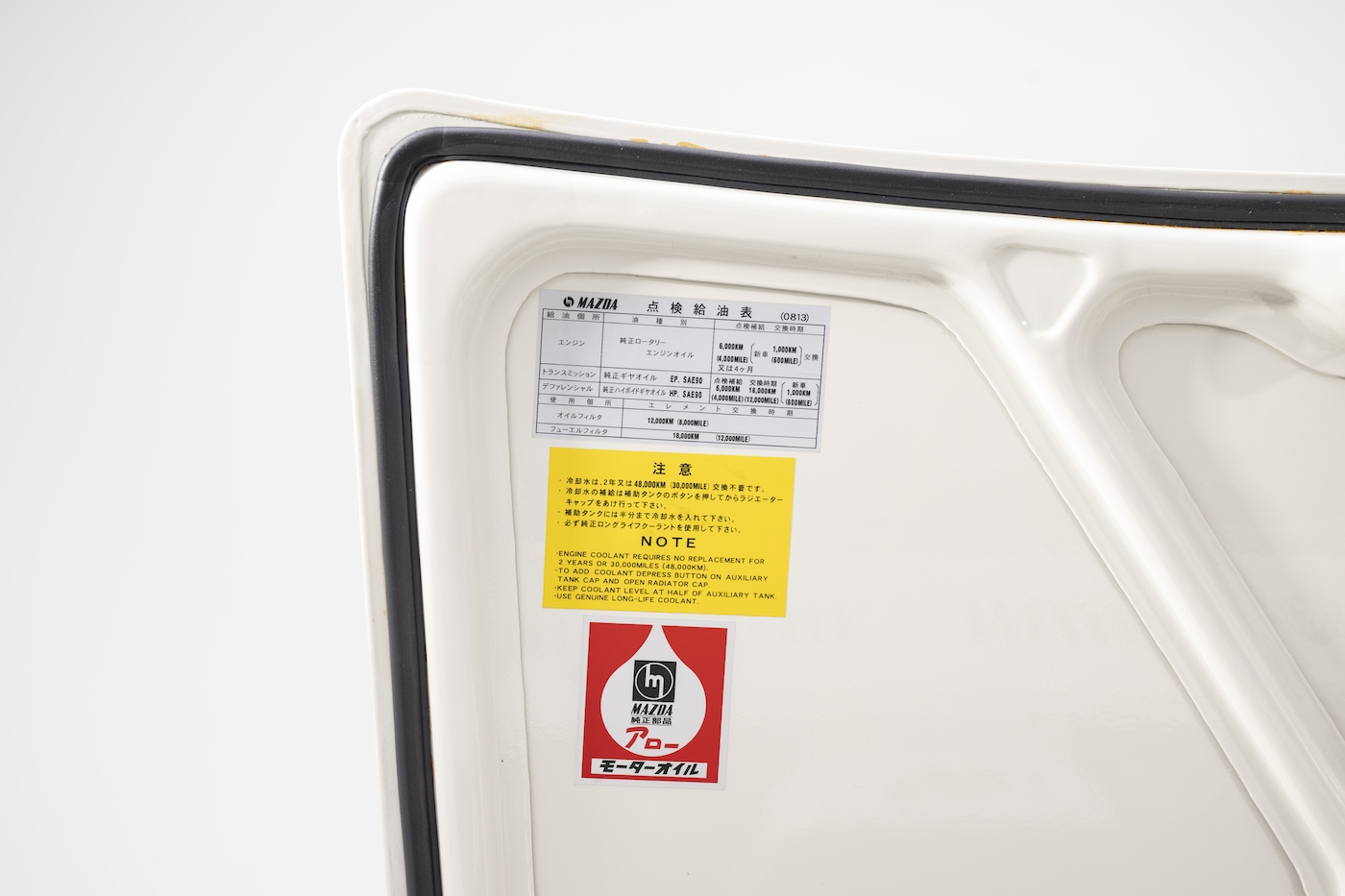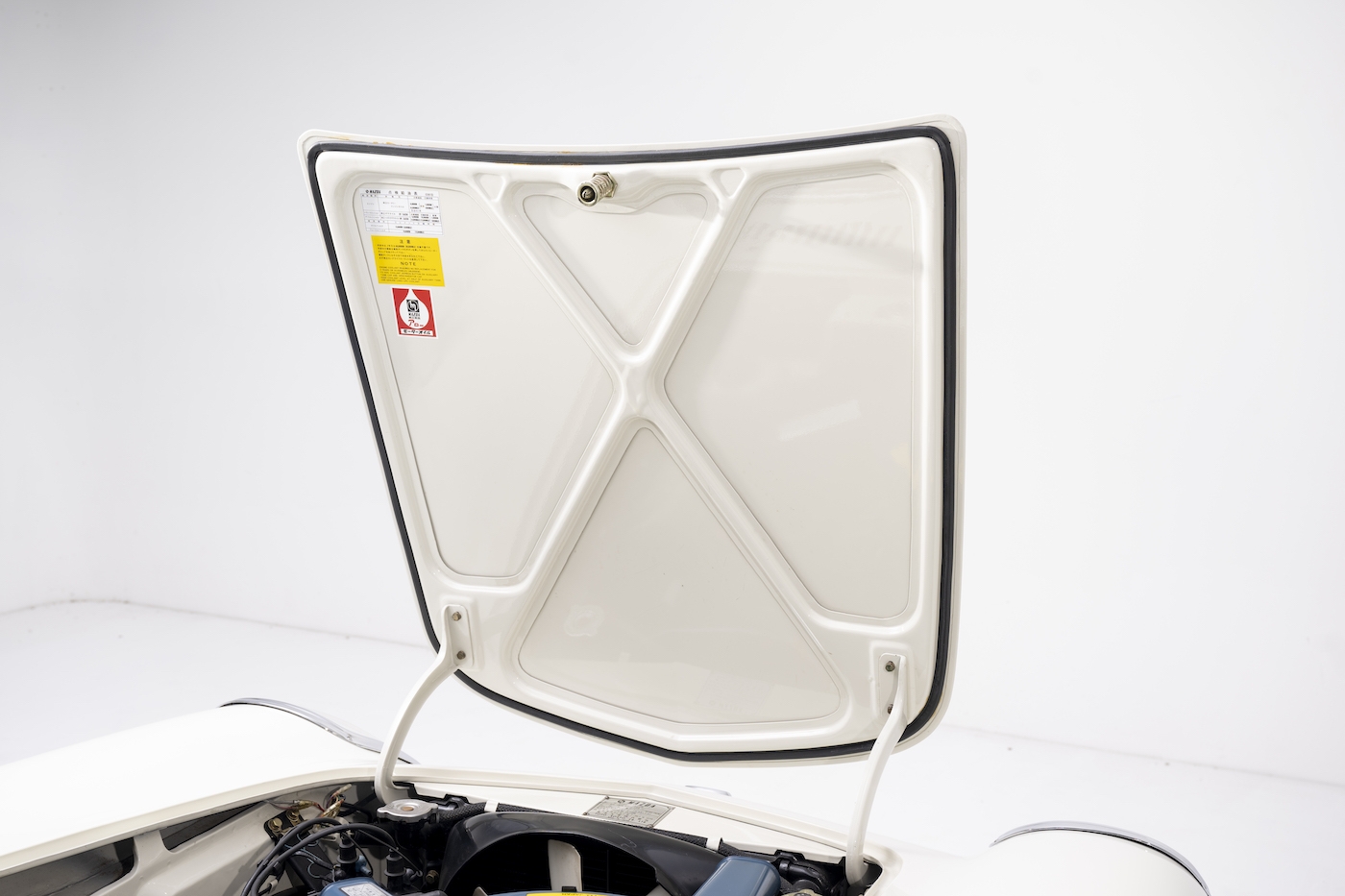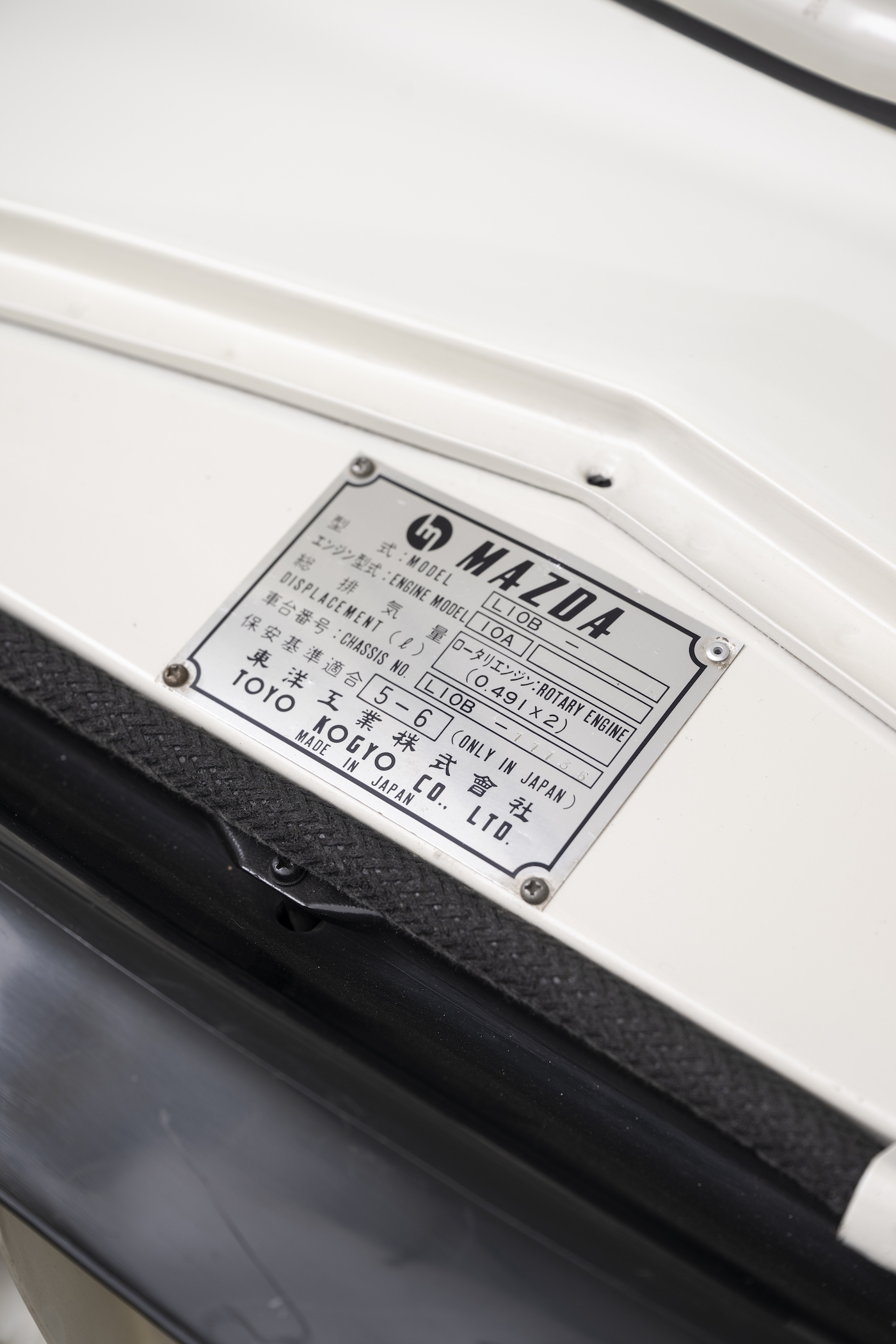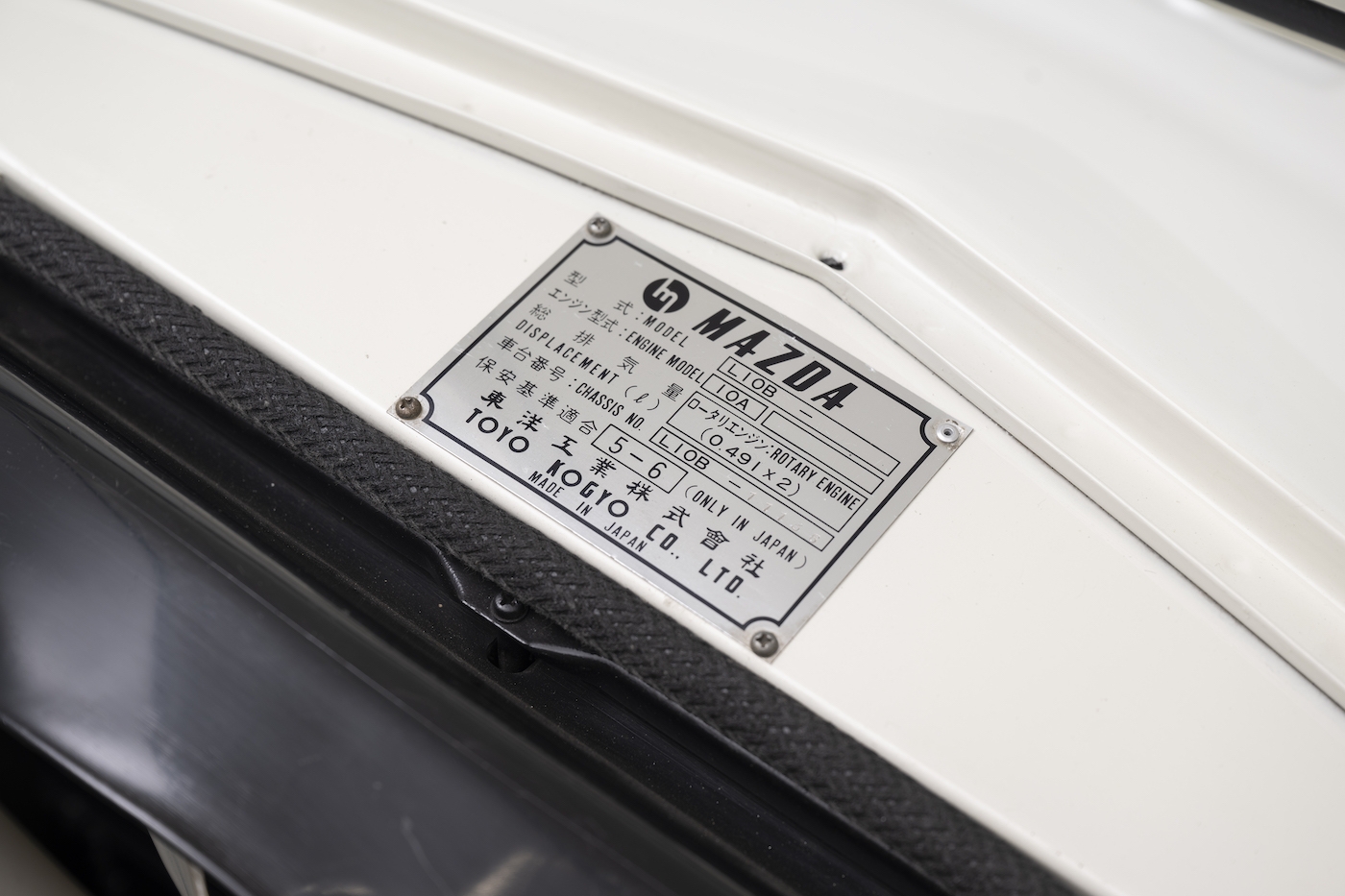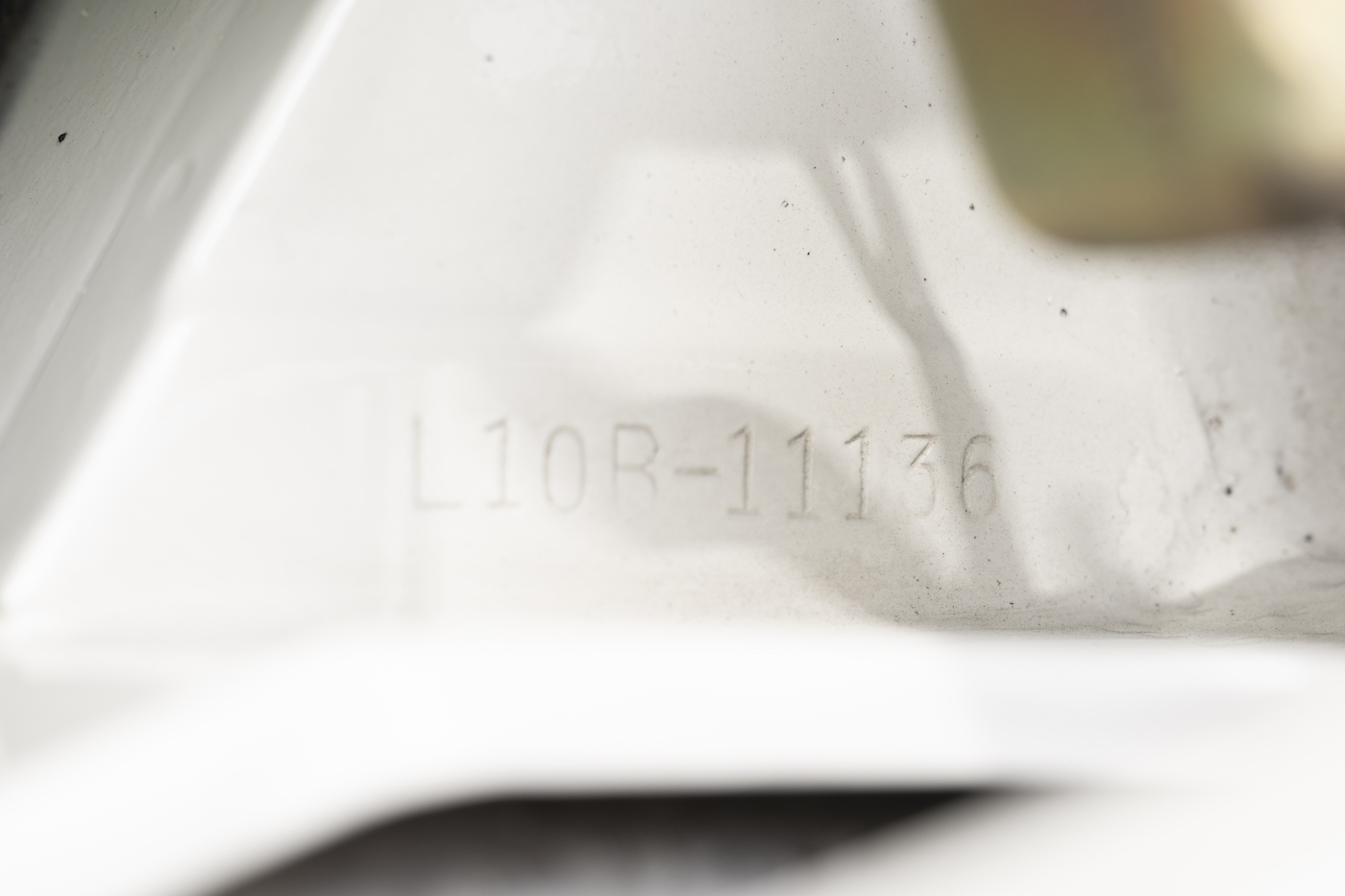1971 Mazda Cosmo Sport [L10B]
- The world's first car with a two-rotor rotary engine
- Late model L10B
- Fully restored engine
- Exterior and interior mostly original
The Cosmo Sport is the world's first car with a two-rotor rotary engine, and was given the model name "Cosmo" which reflected the international interest in the Space Race of the time. After the prototype was unveiled at the Tokyo Motor Show (then called the All Japan Auto Show) in October 1963, it underwent more than 3 million kilometers of development and driving tests, including continuous high-speed endurance tests, before finally being released in May 1967.
The car boasted amazing specs for a domestic sports car at the time, with a total displacement of 491cc x2, a maximum output of 110ps, a top speed of 185km/h, and a 0-400 meters time of 16.3 seconds, and the low, streamlined styling that suggested the arrival of a new era attracted many fans. With a package that took advantage of the rotary engine's small size and high output, the Cosmo Sports achieved sales of around 30 units per month, which was unparalleled for a sports car at the time.
This example is a later model (improved in 1968 with the engine changed from the previous L10A to the L10B, and maximum output increased from 110ps to 128ps). Many inspection and maintenance records remain, including an overhaul certificate. The engine has been fully restored, ensuring that it still offers the driving experience reminiscent of its original performance. Most of the exterior and interior have been kept in their original state, and although there are some scratches on the seats due to wear and tear over the years, it is in remarkable condition considering its age.



